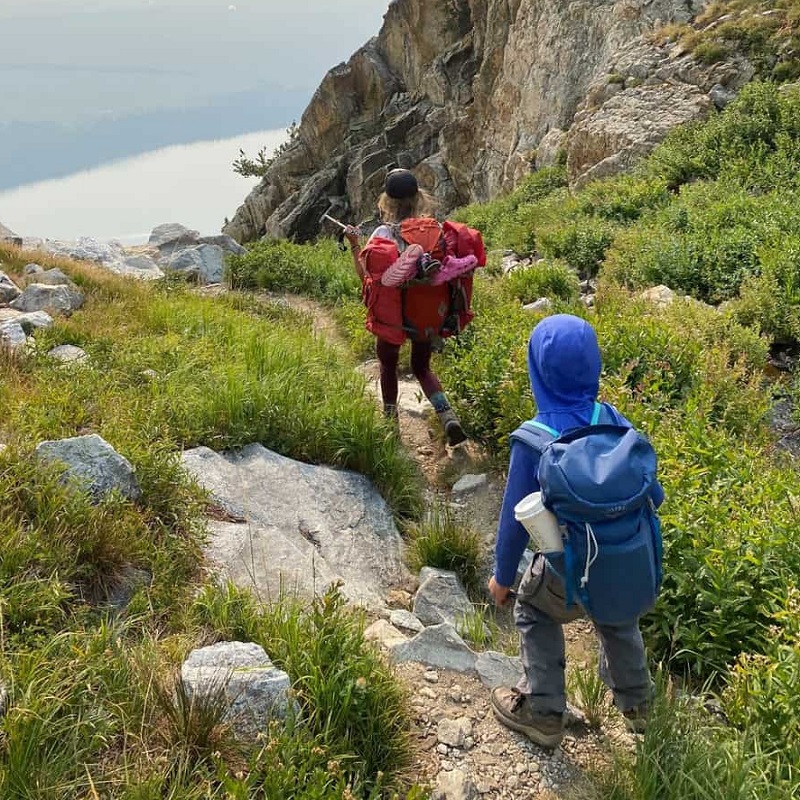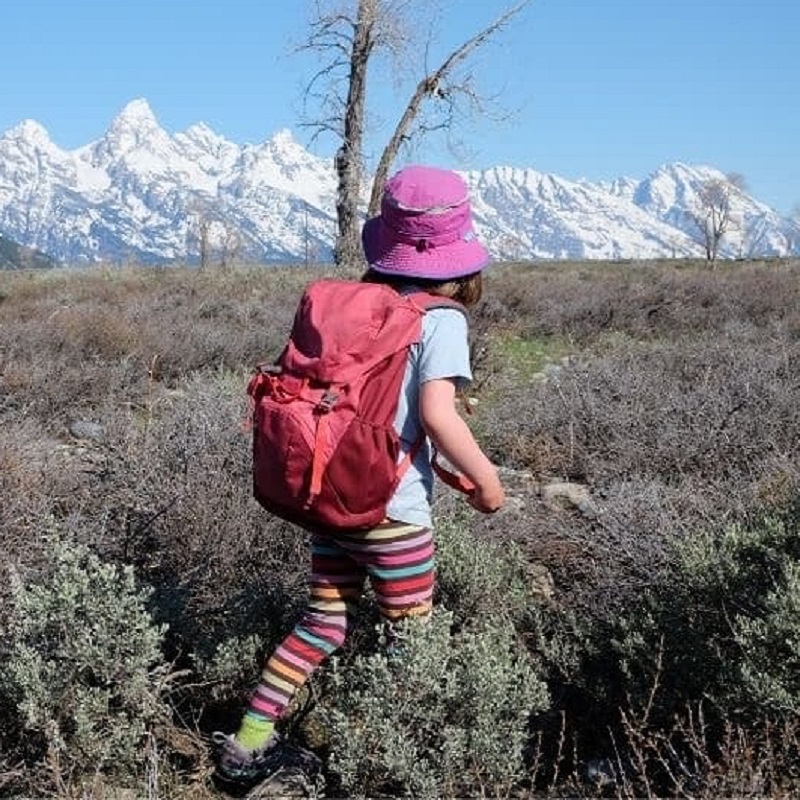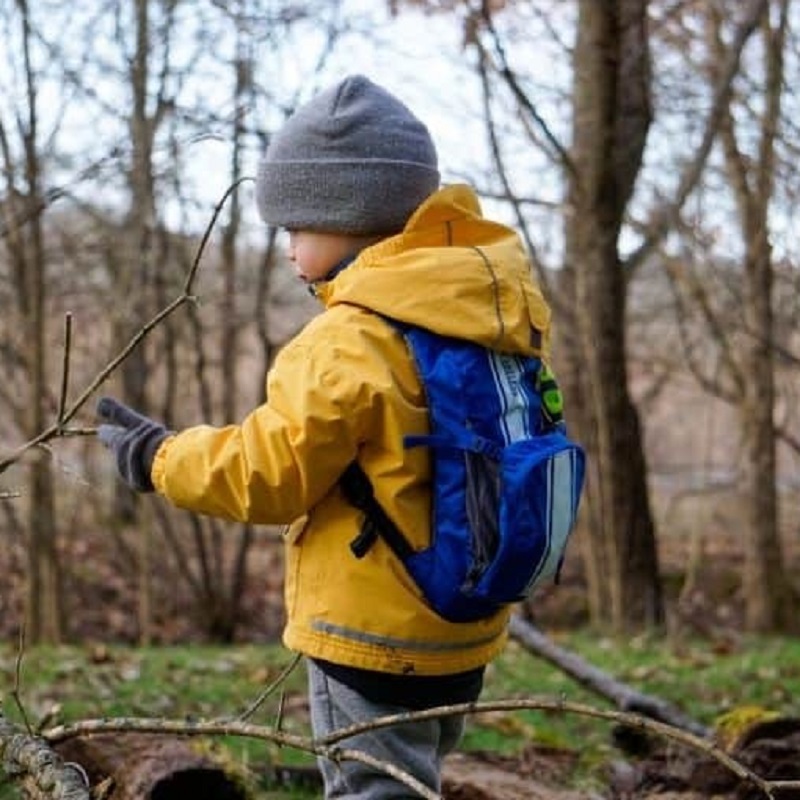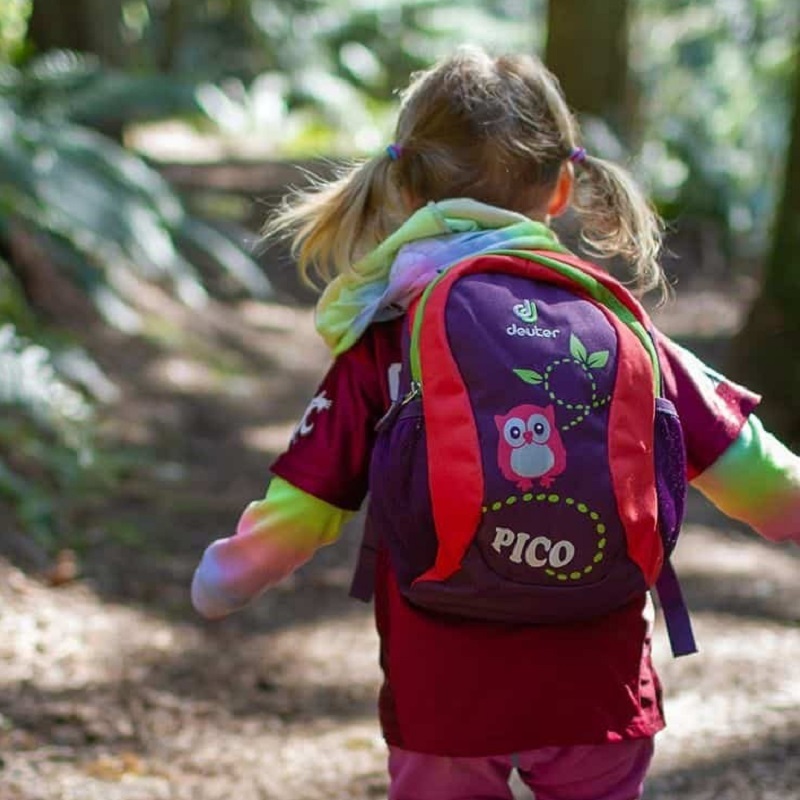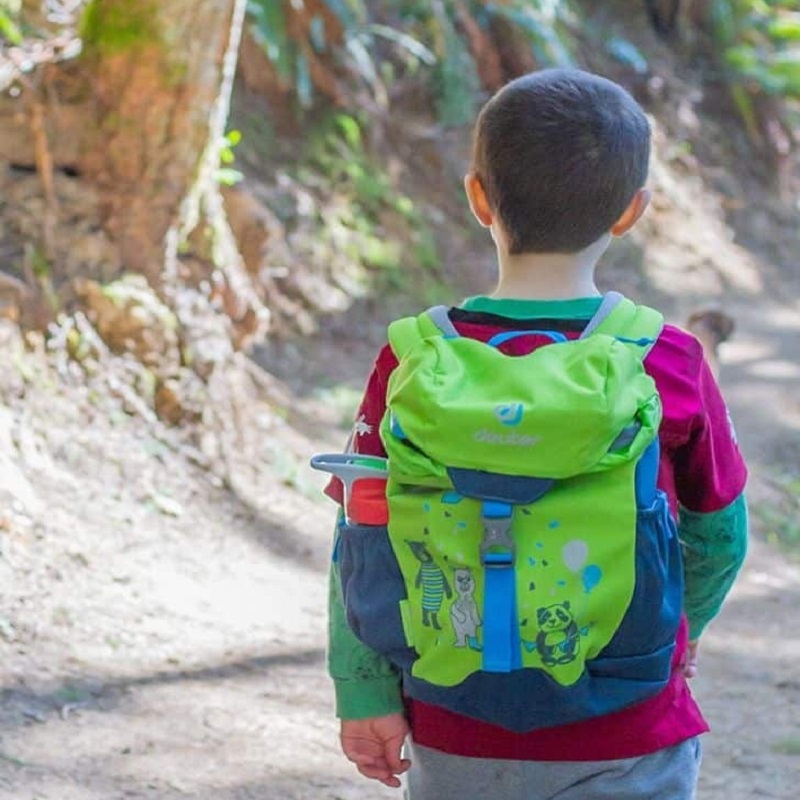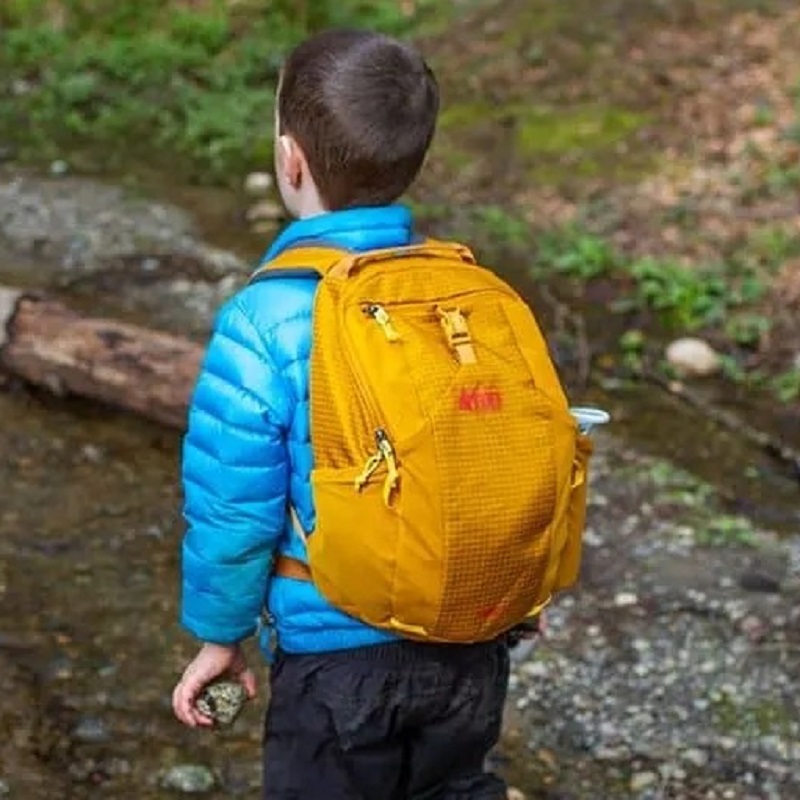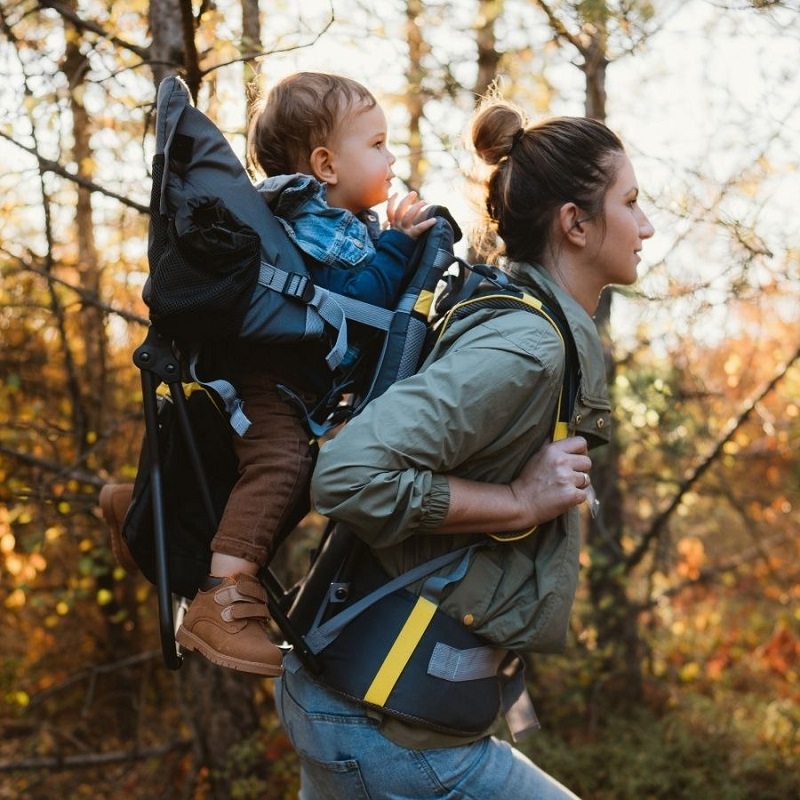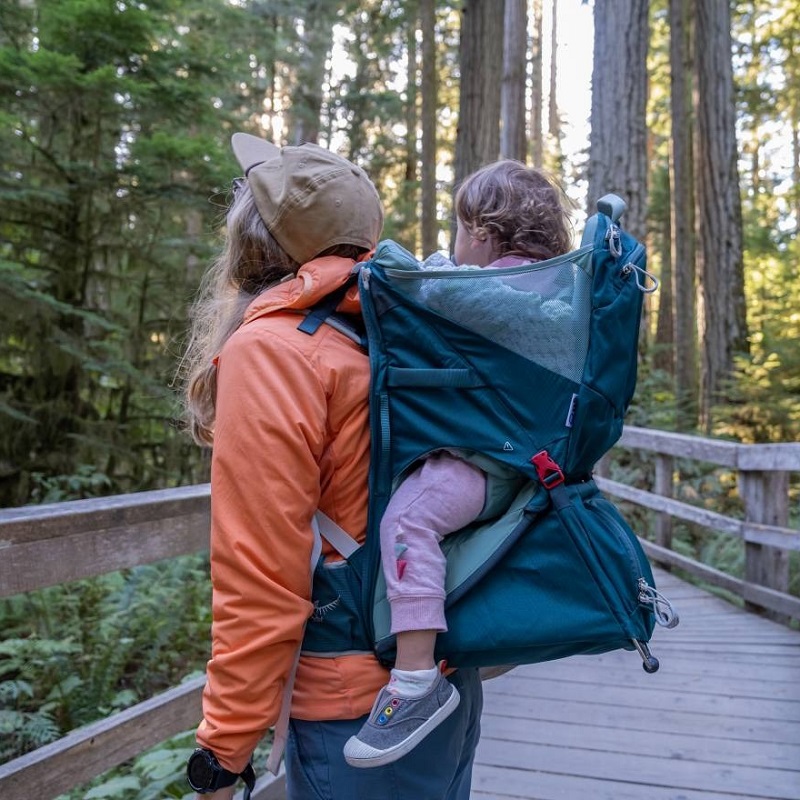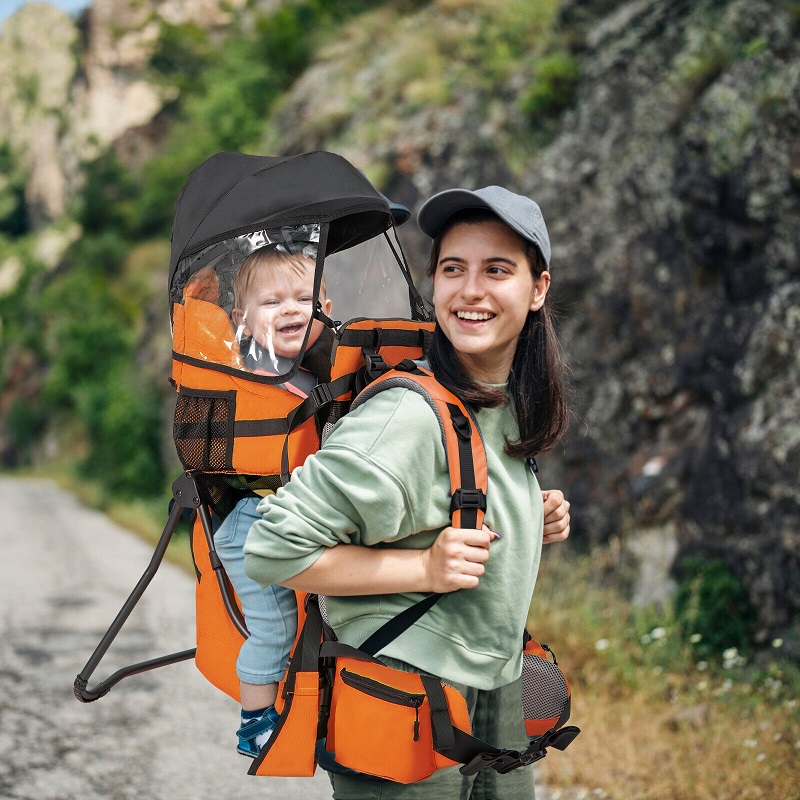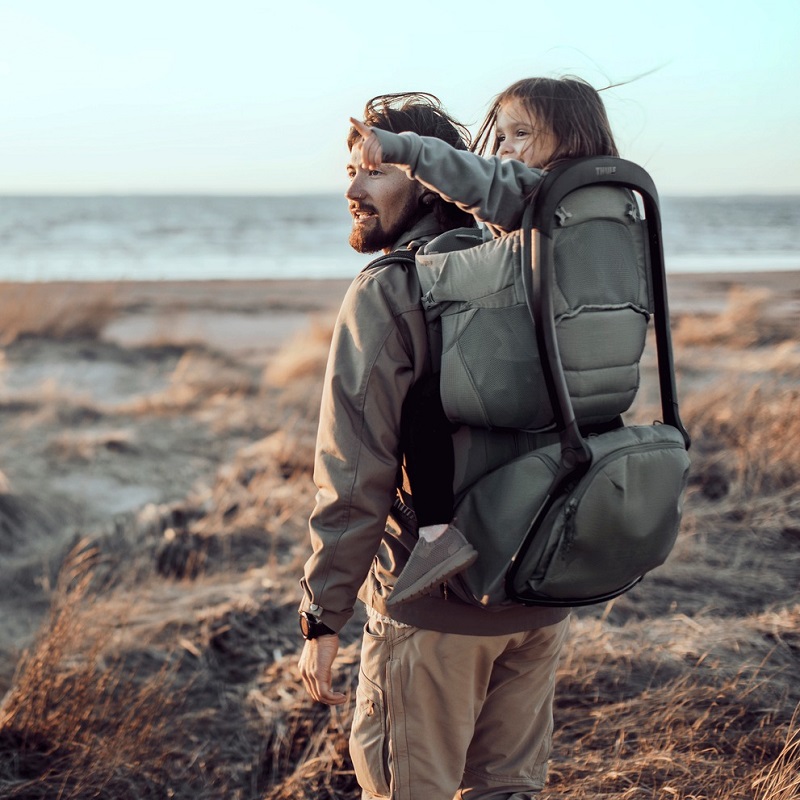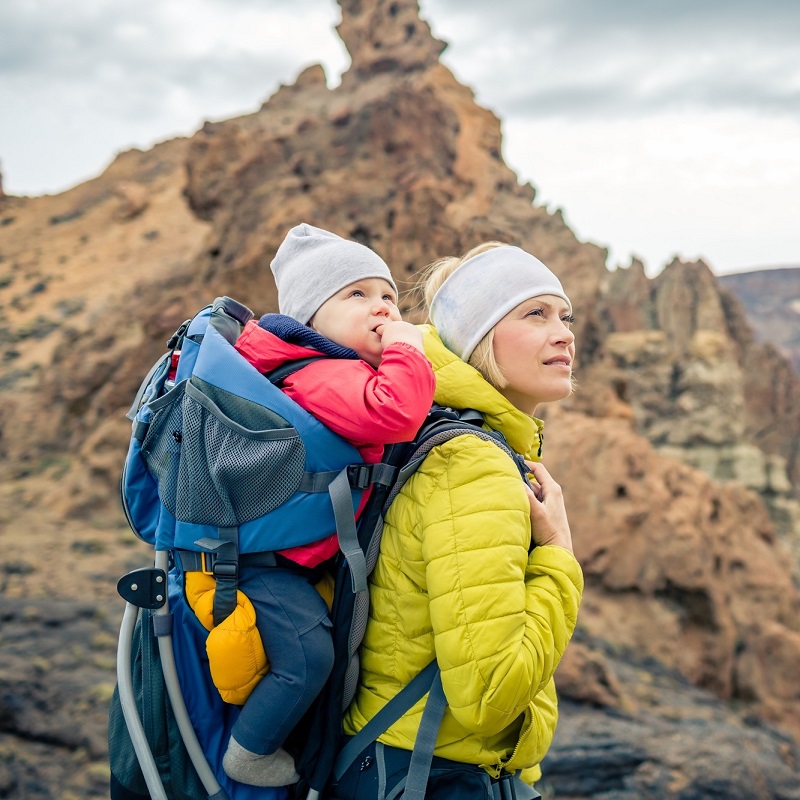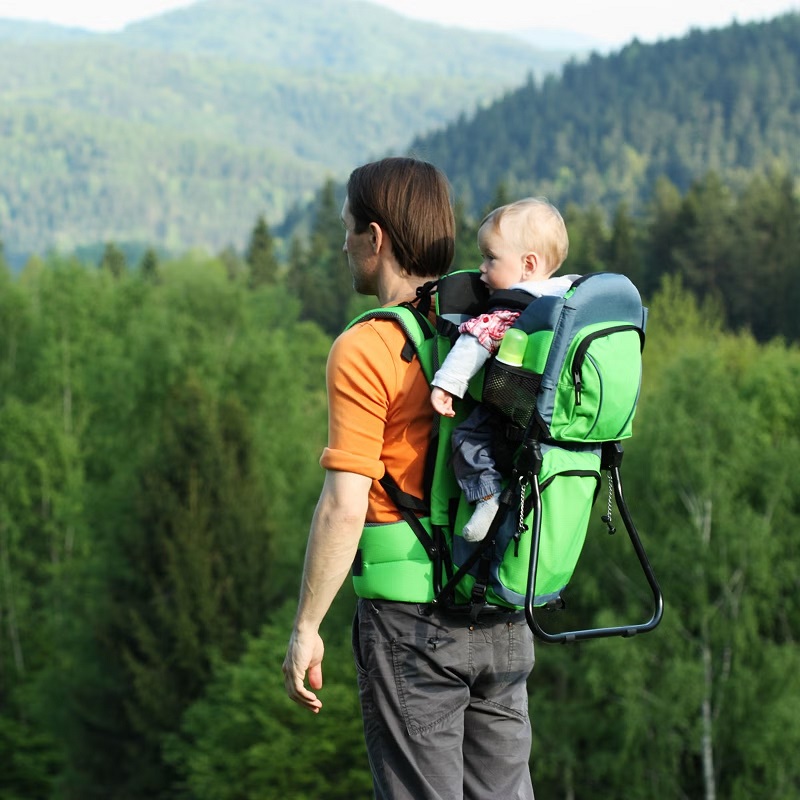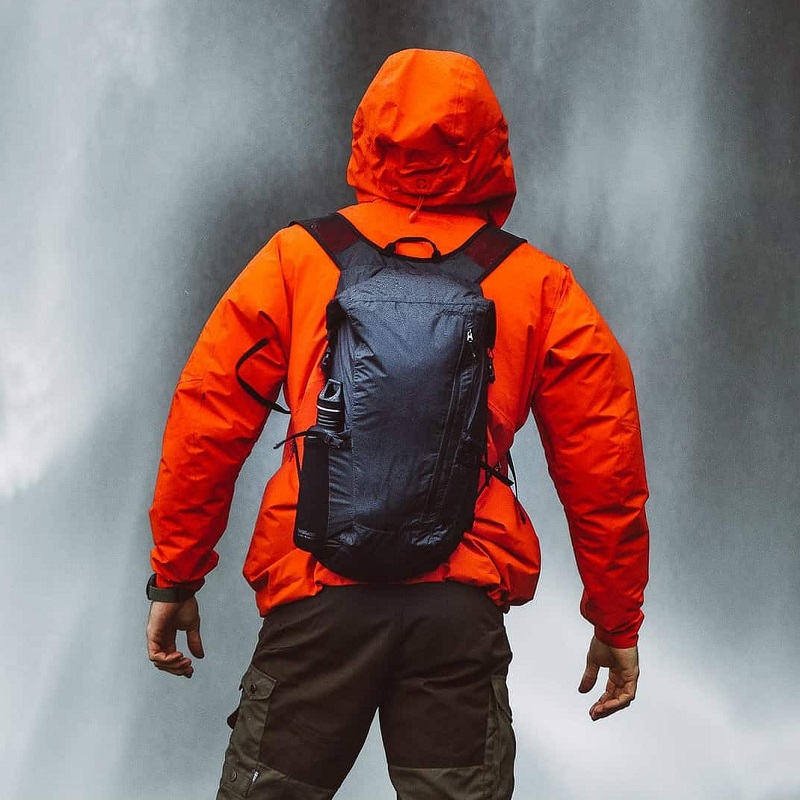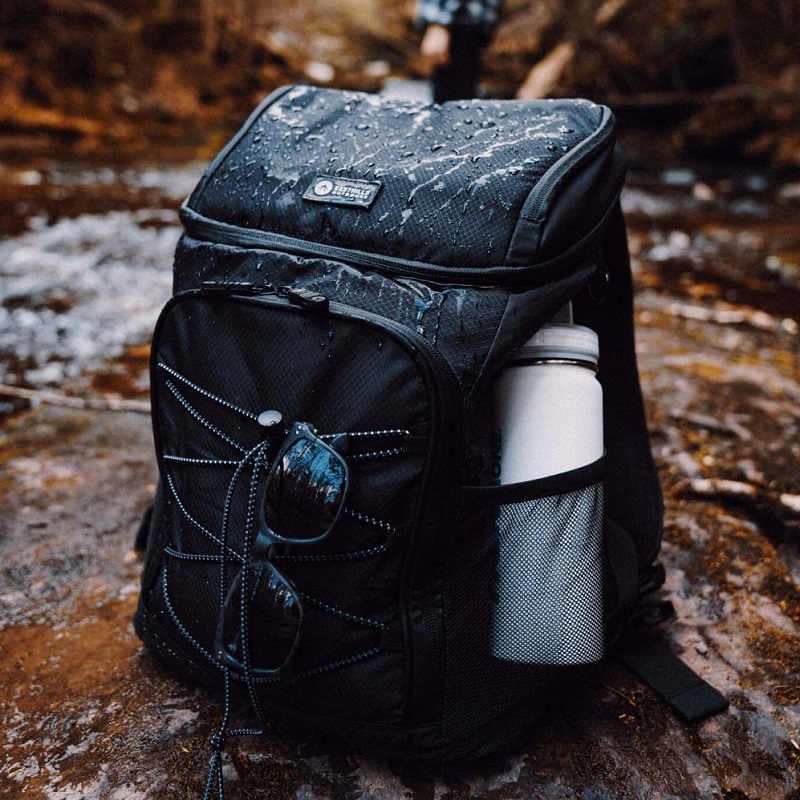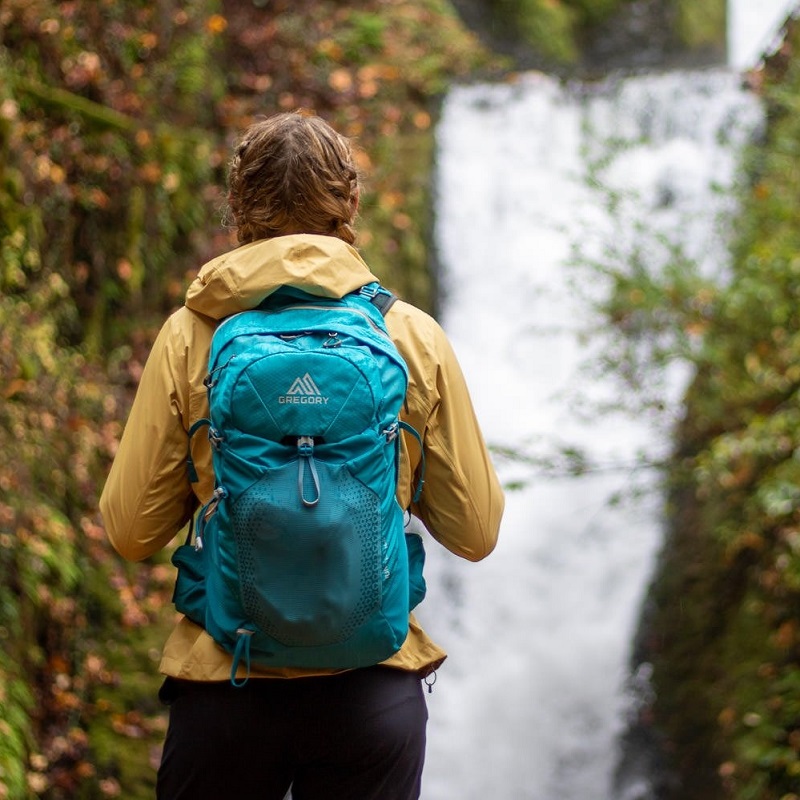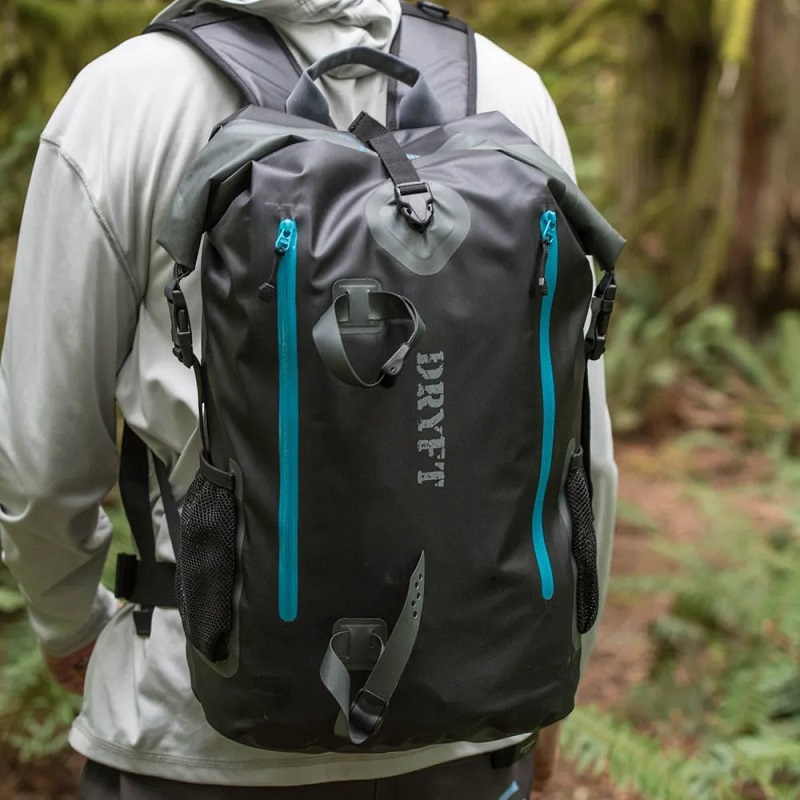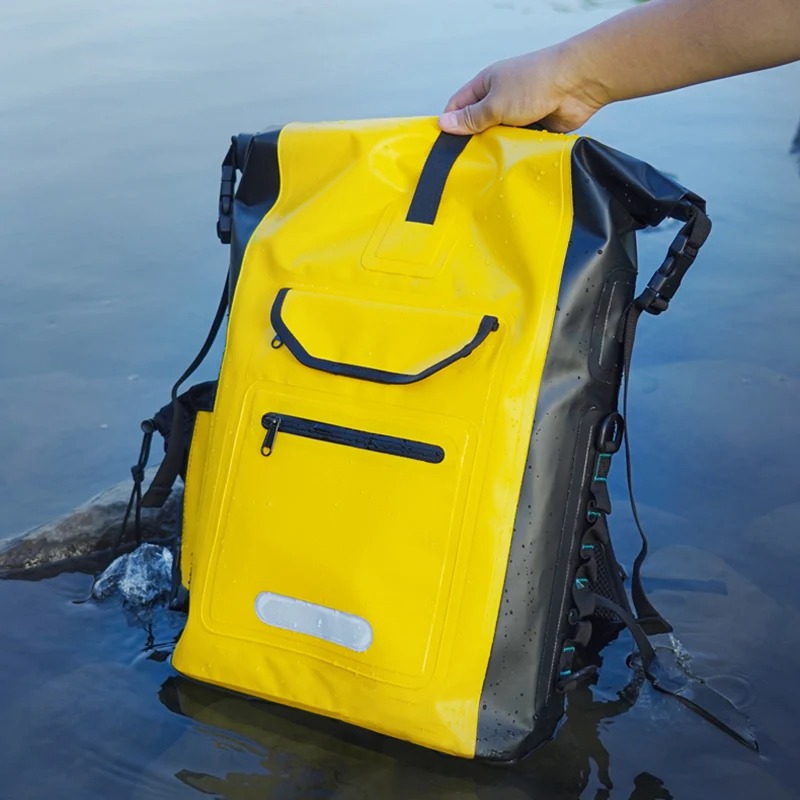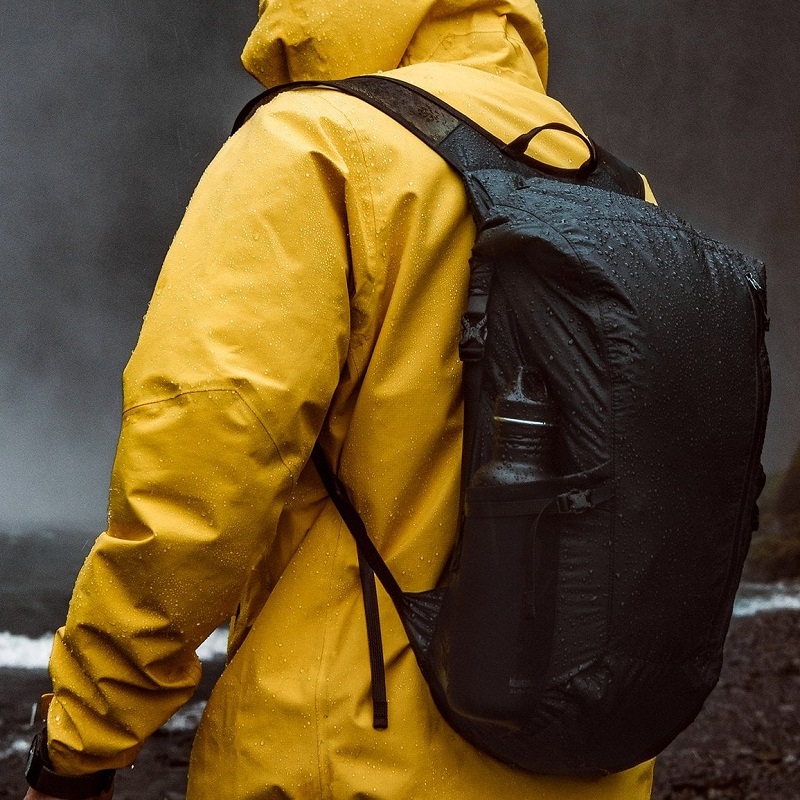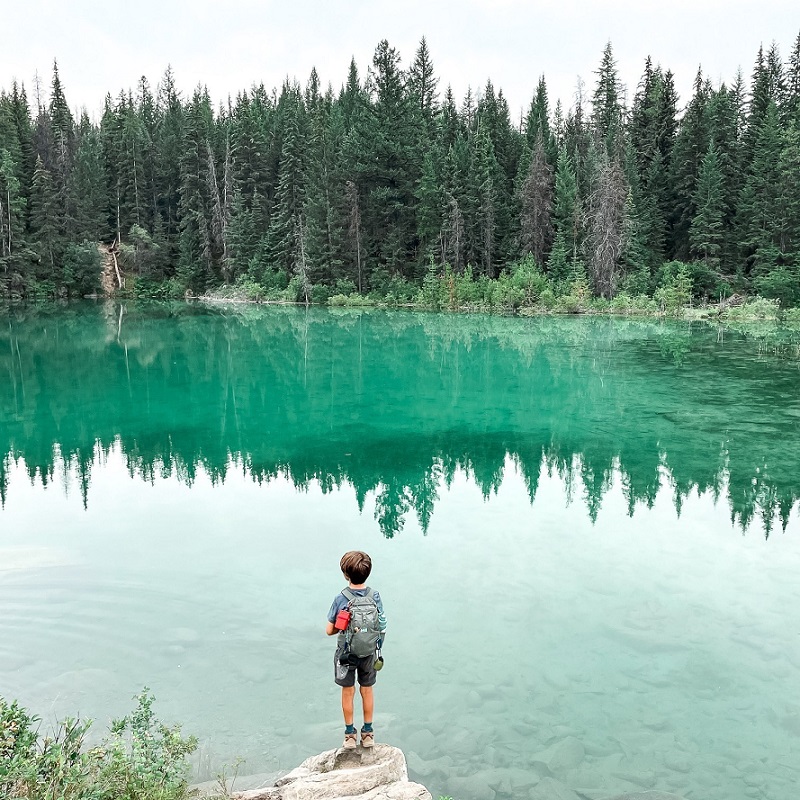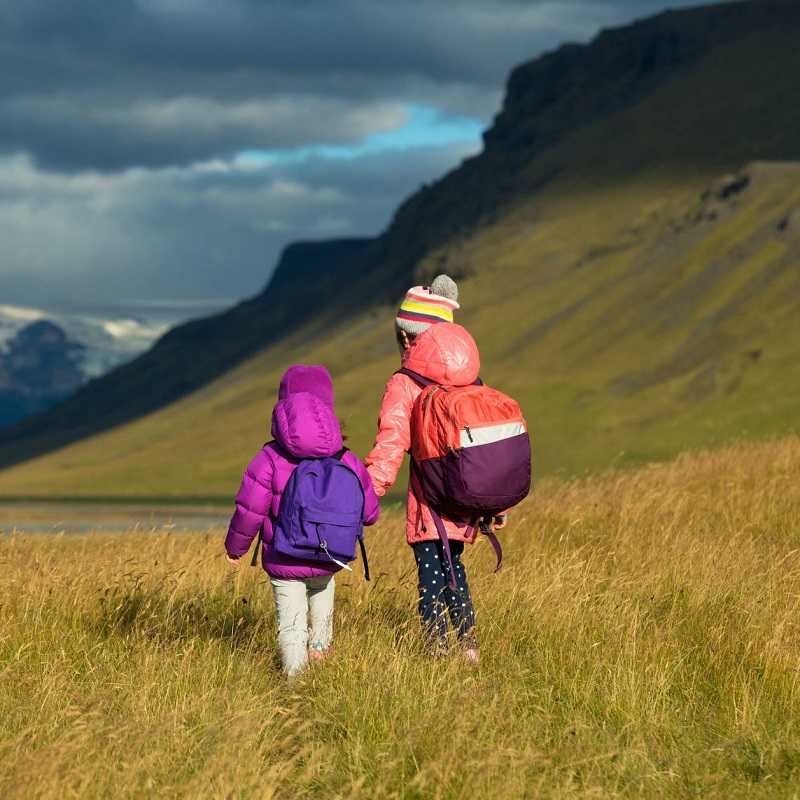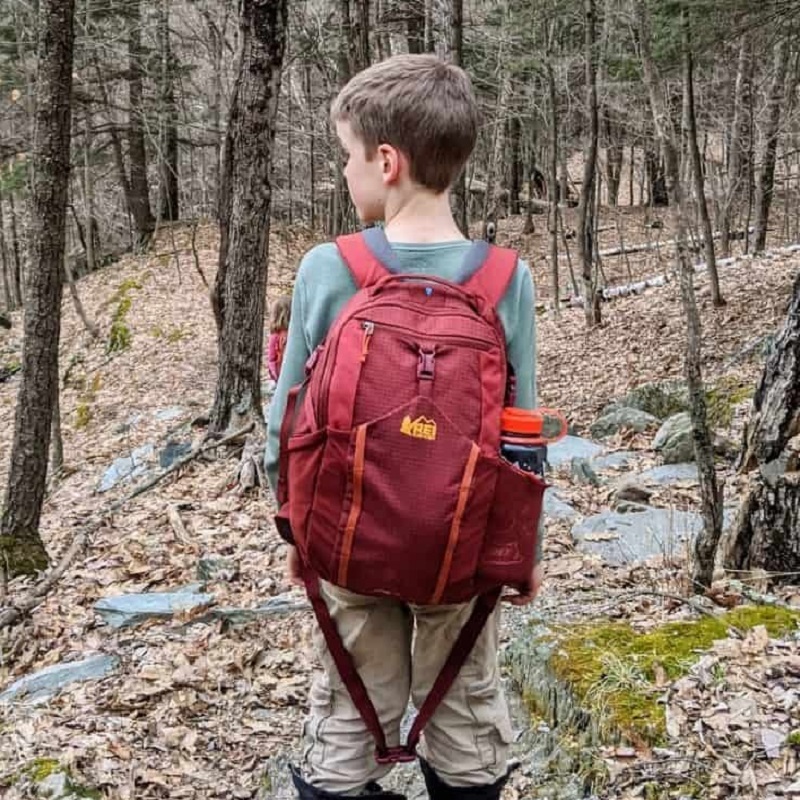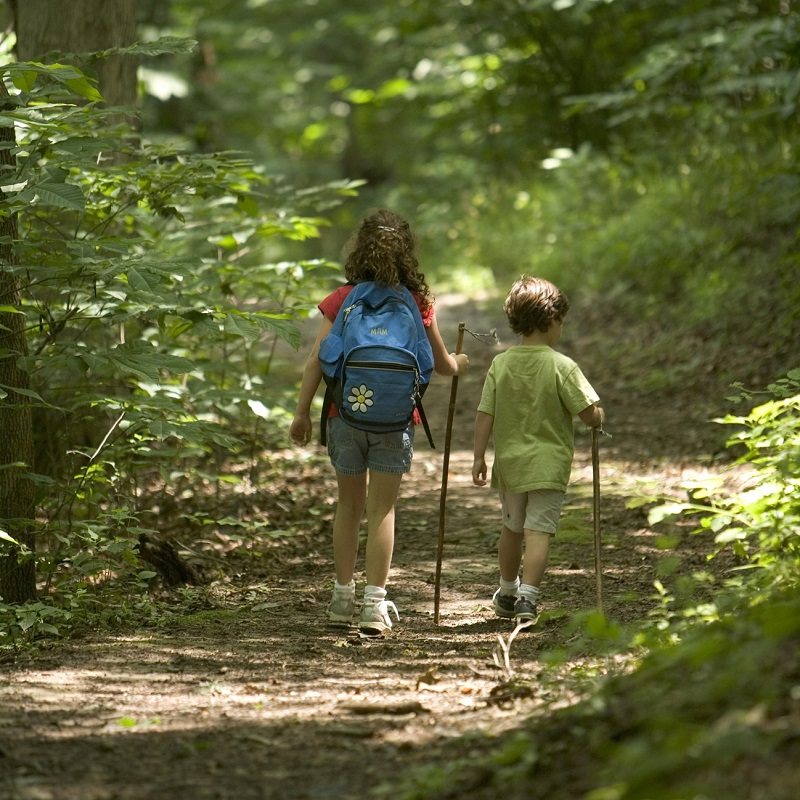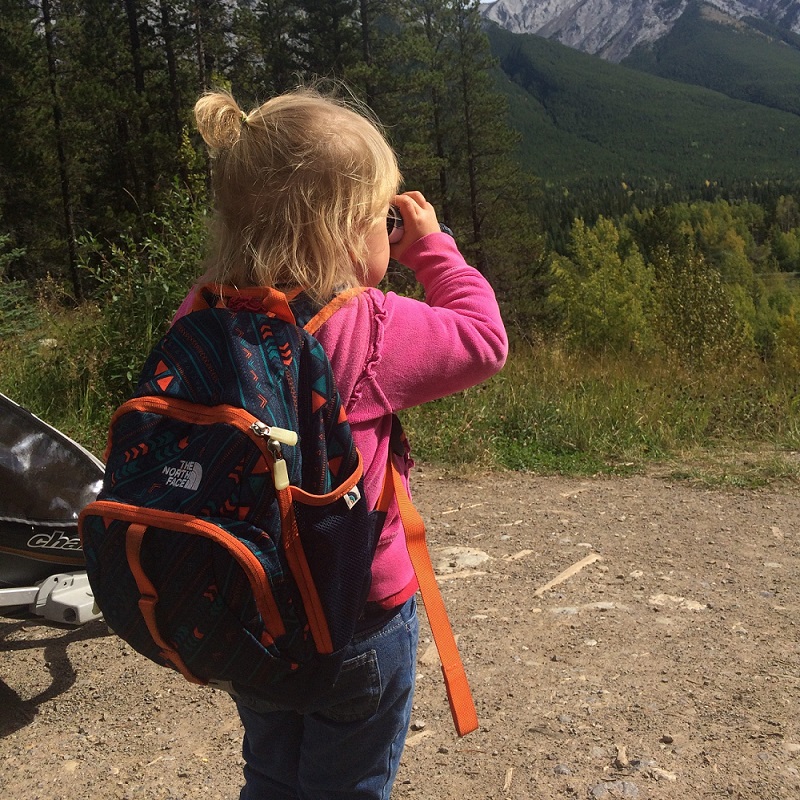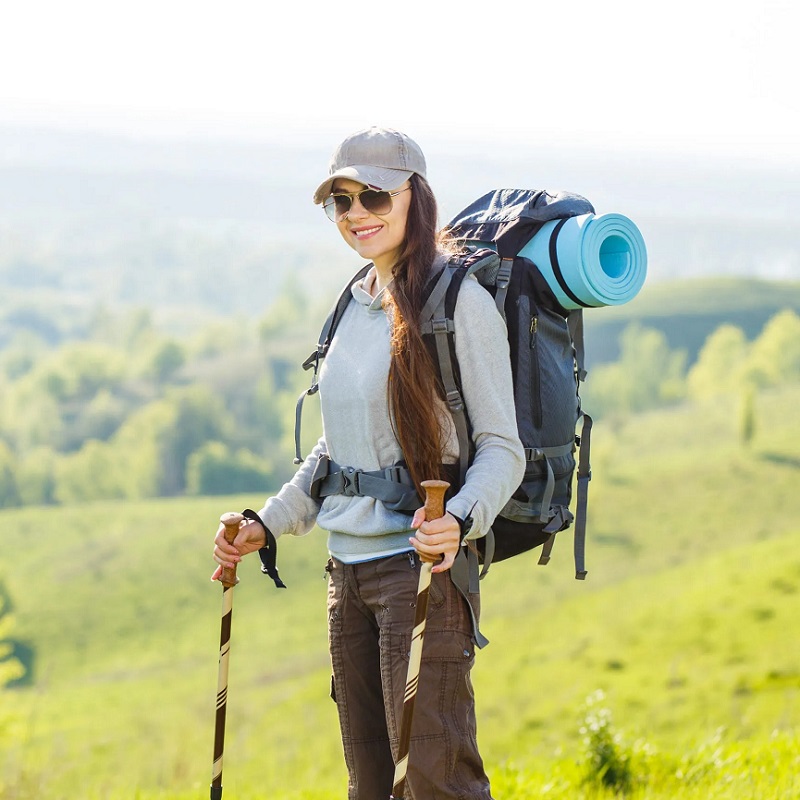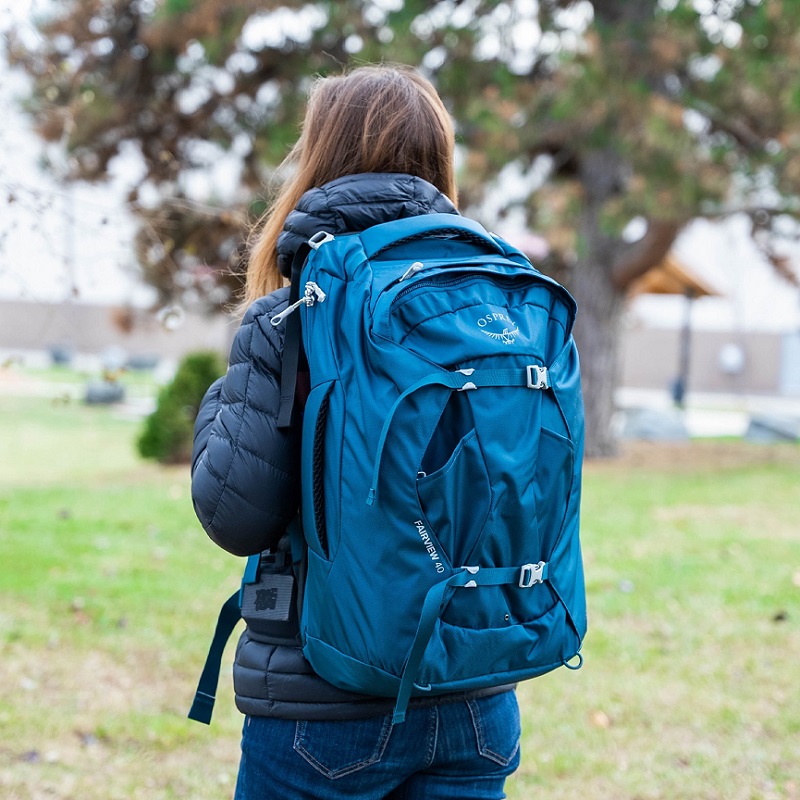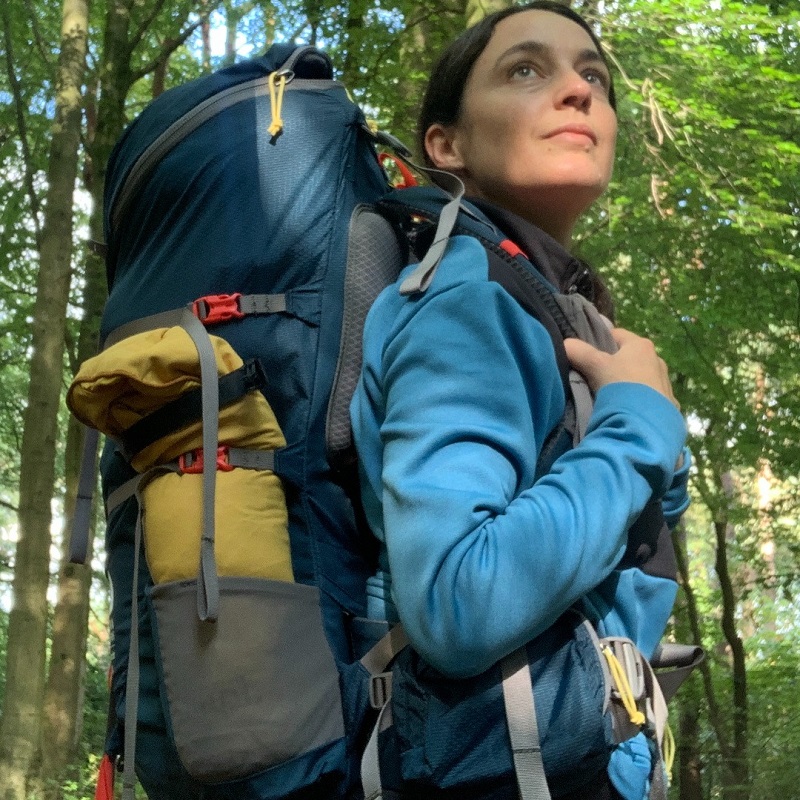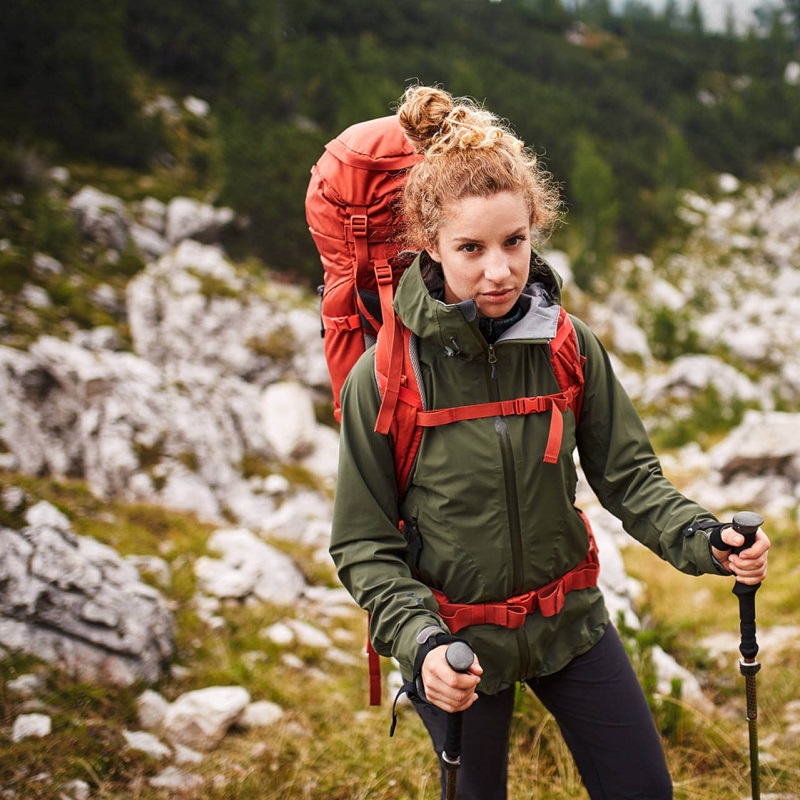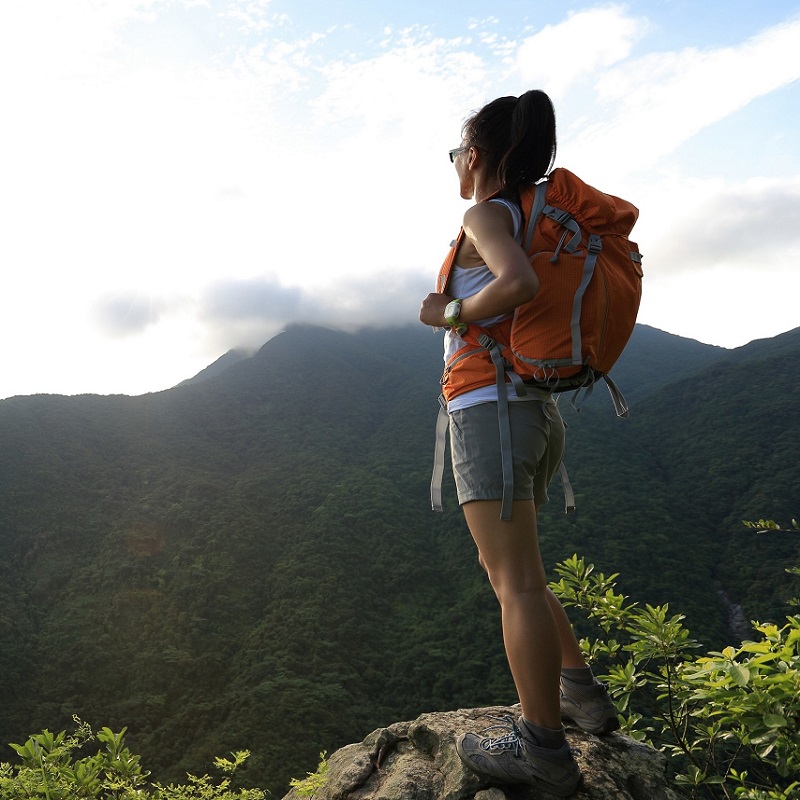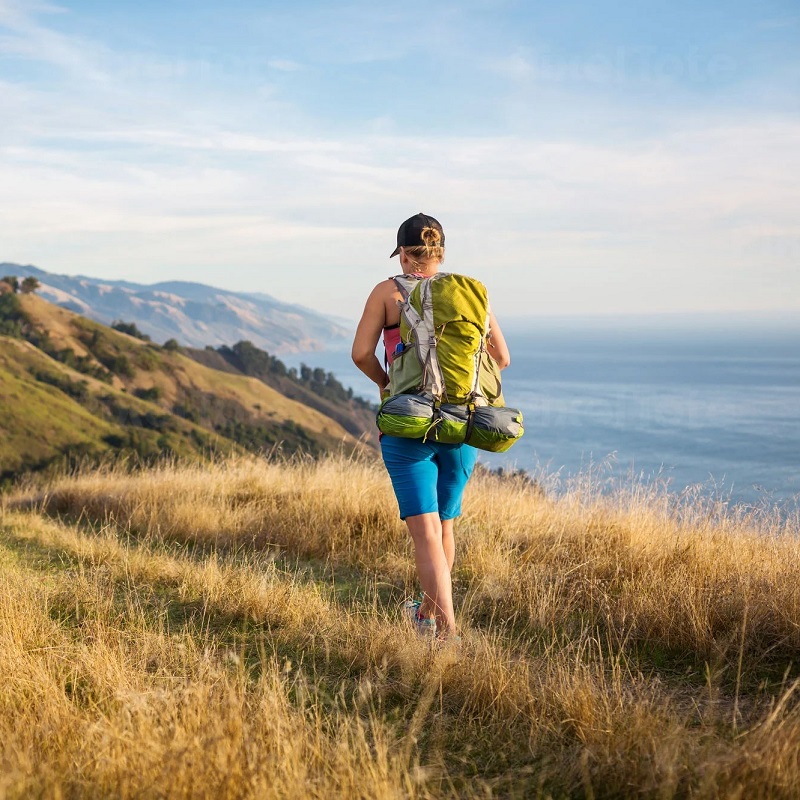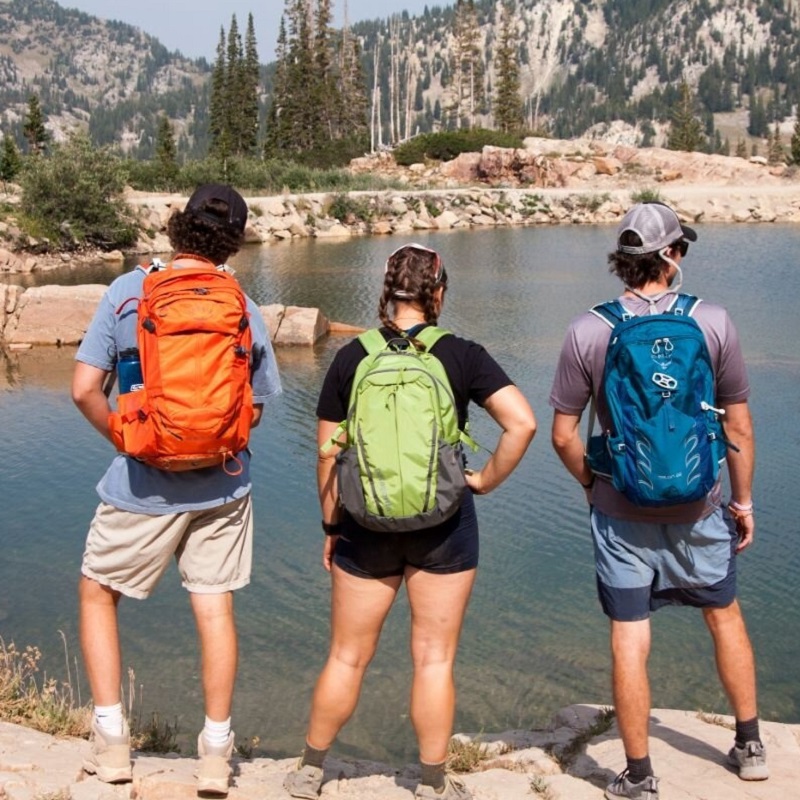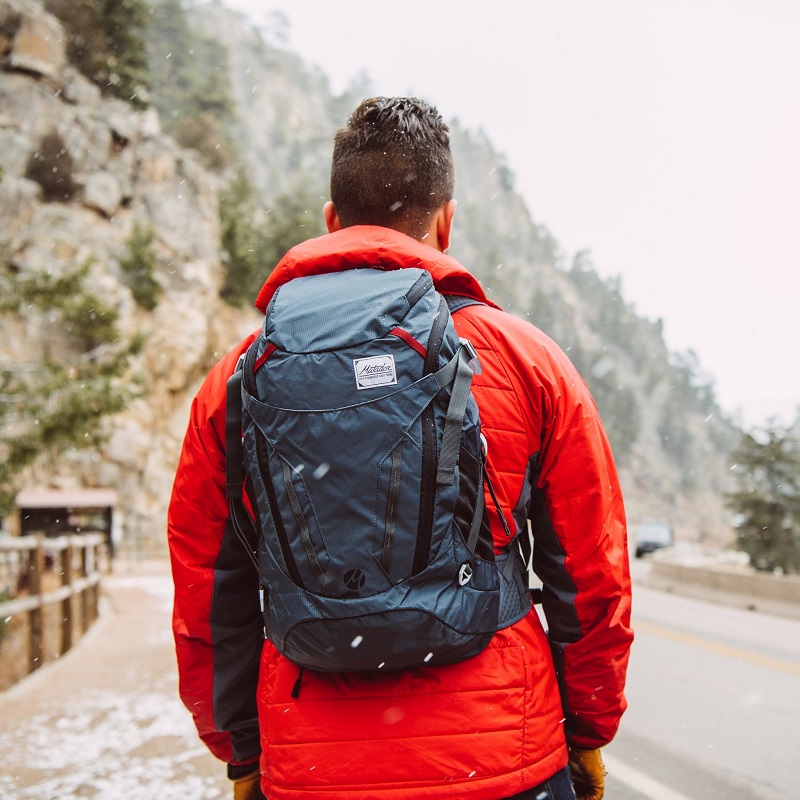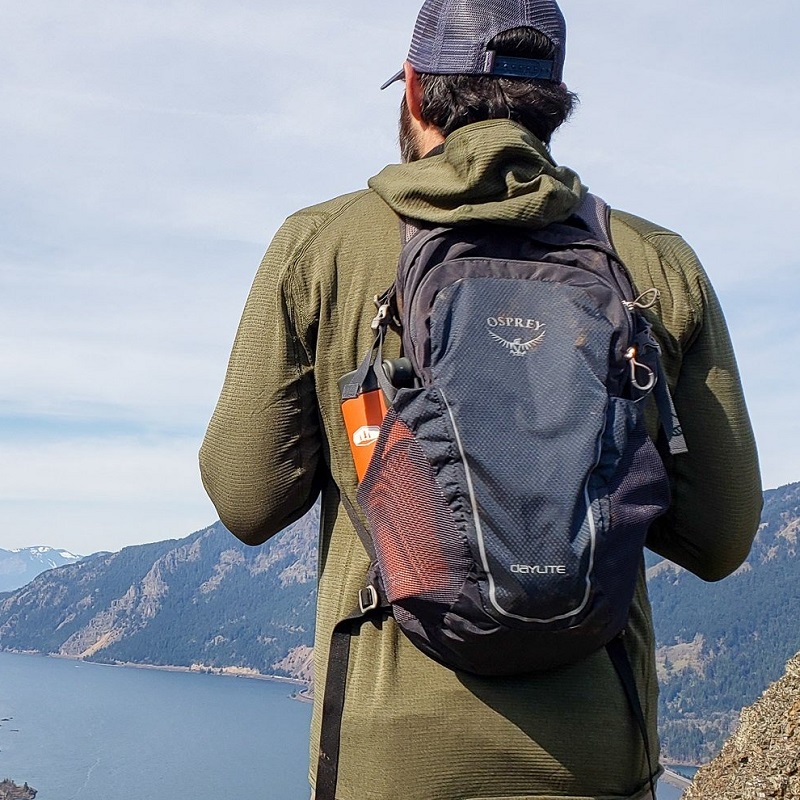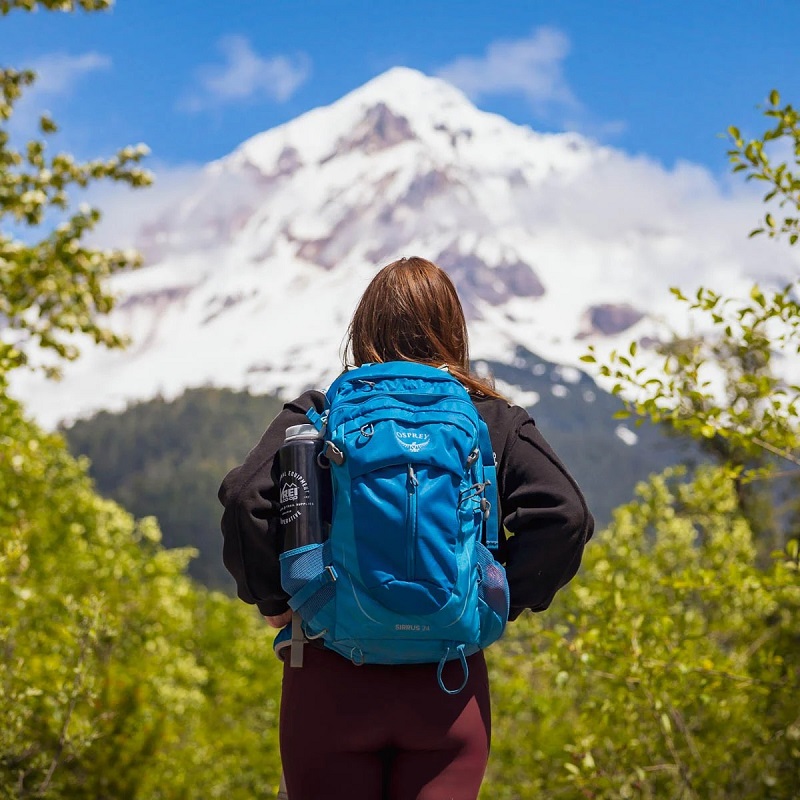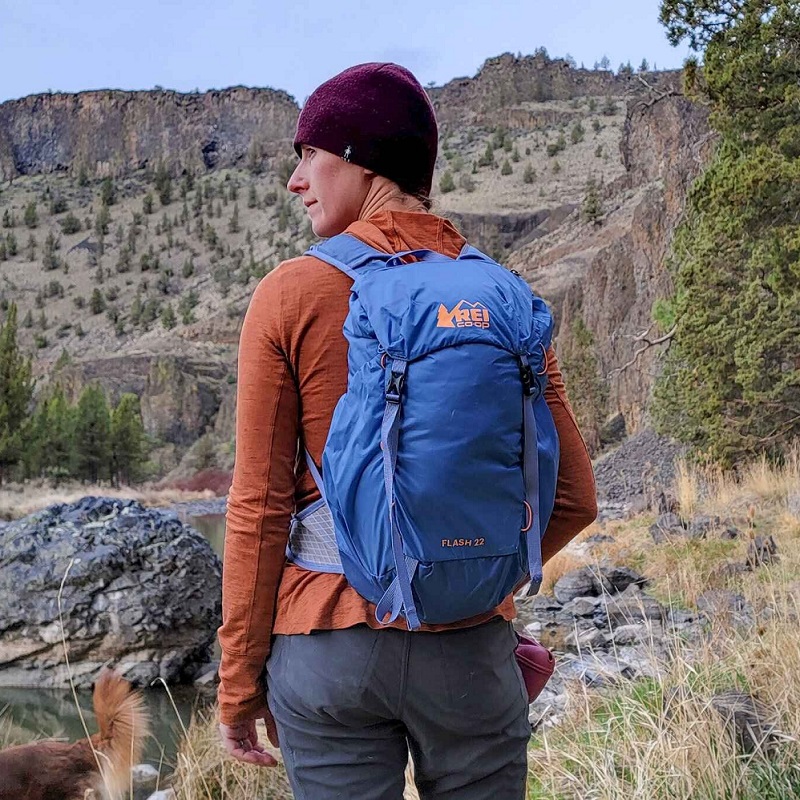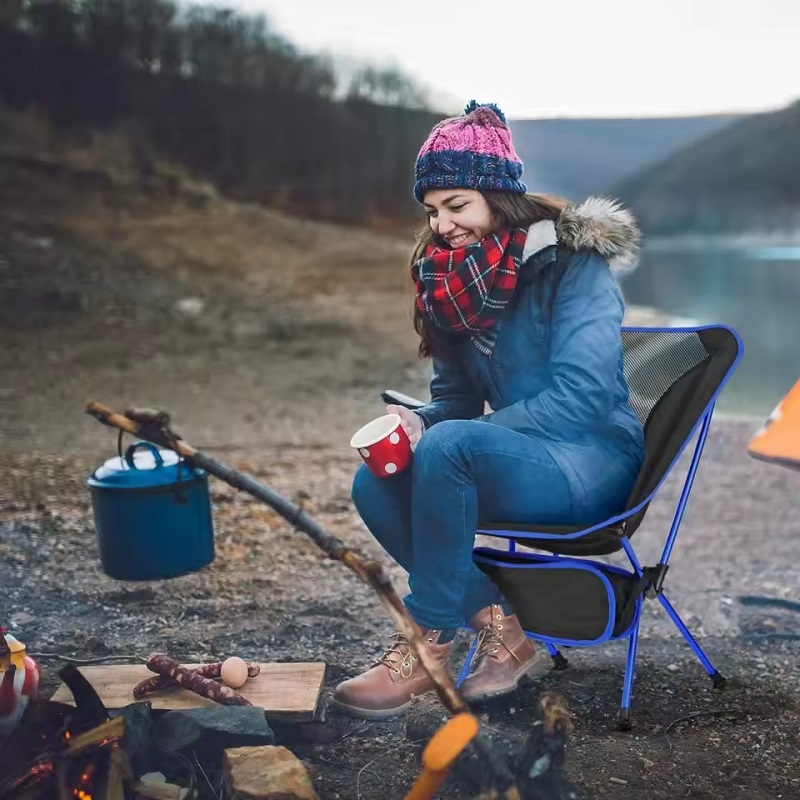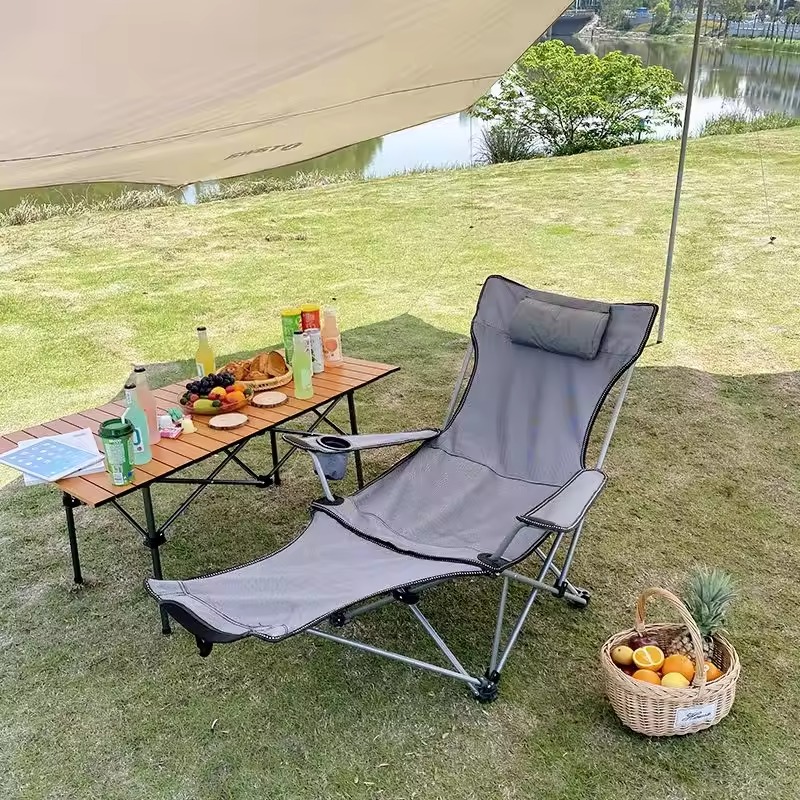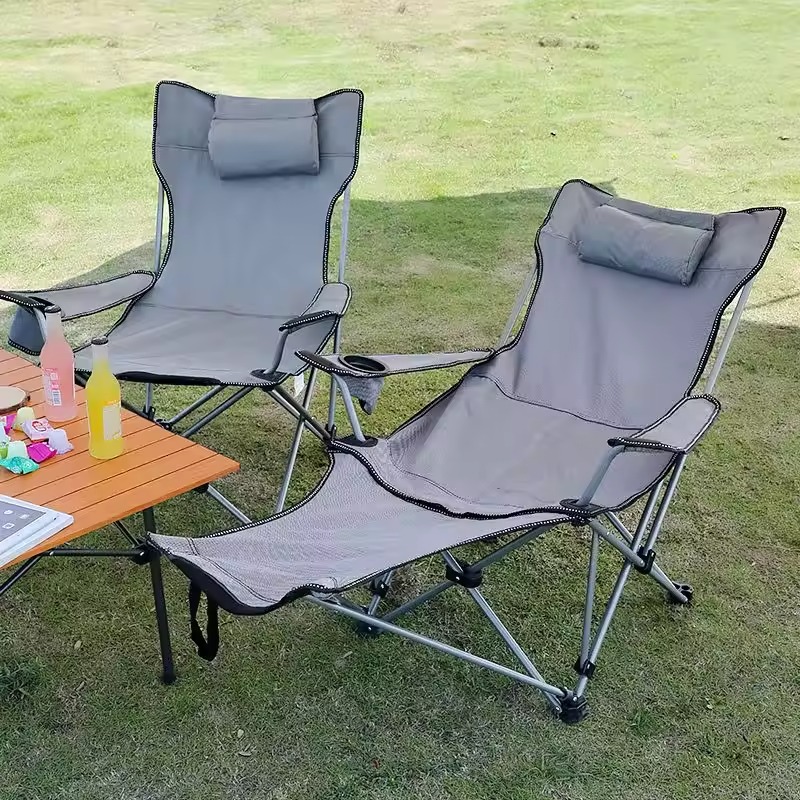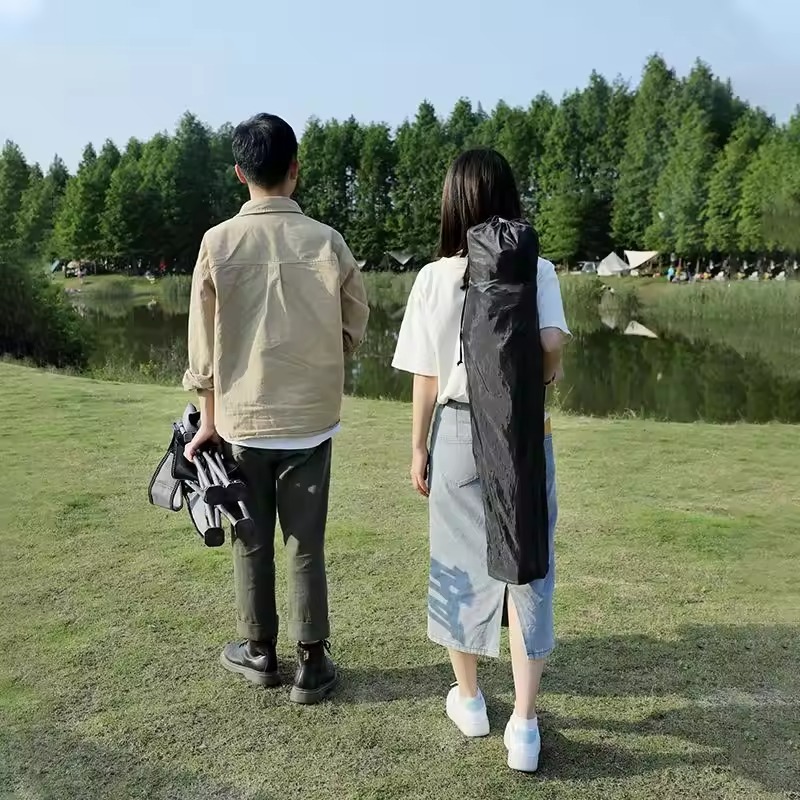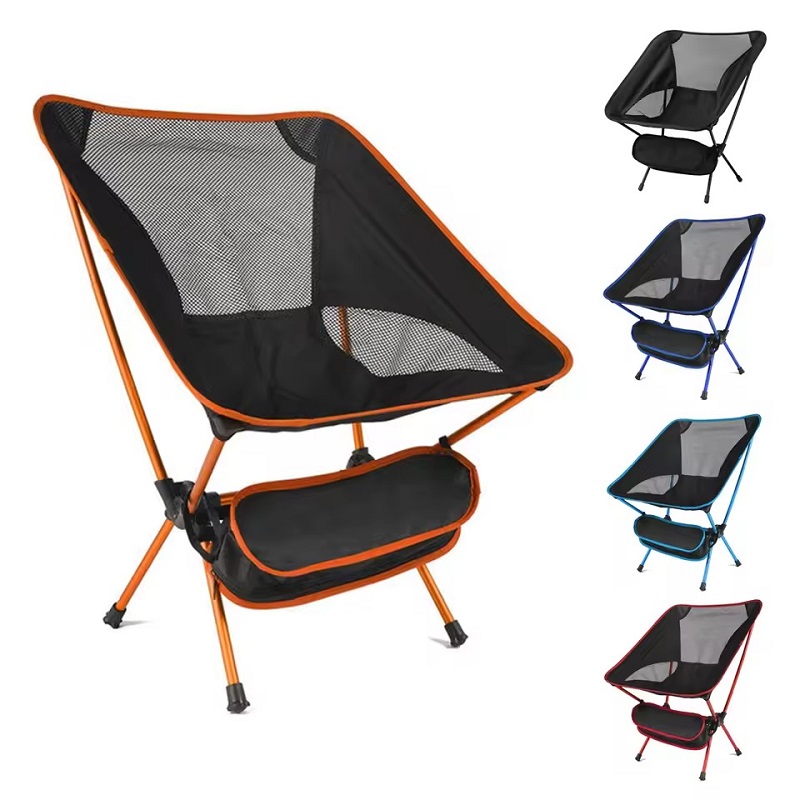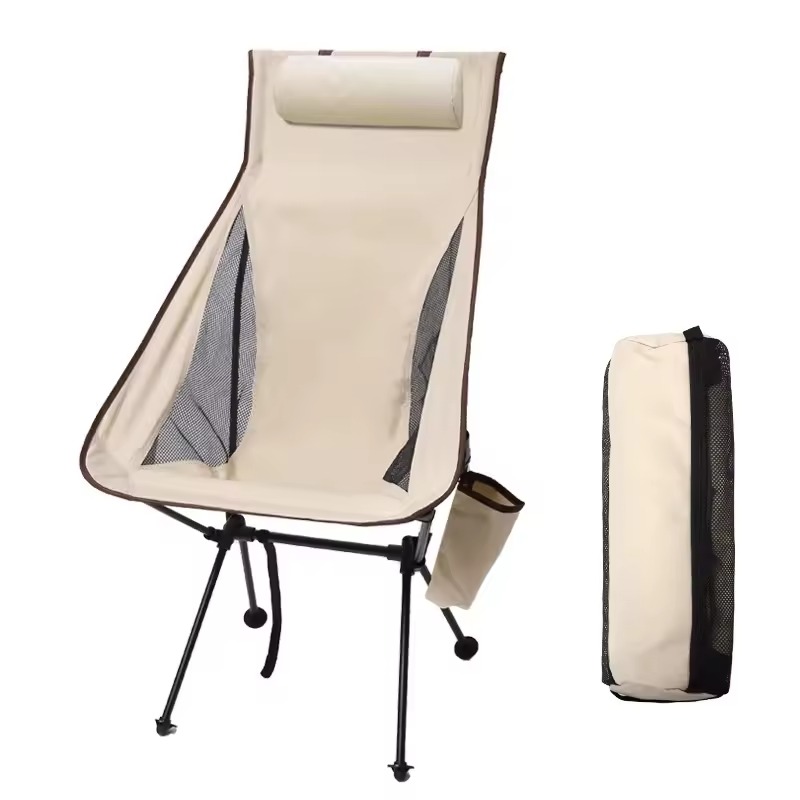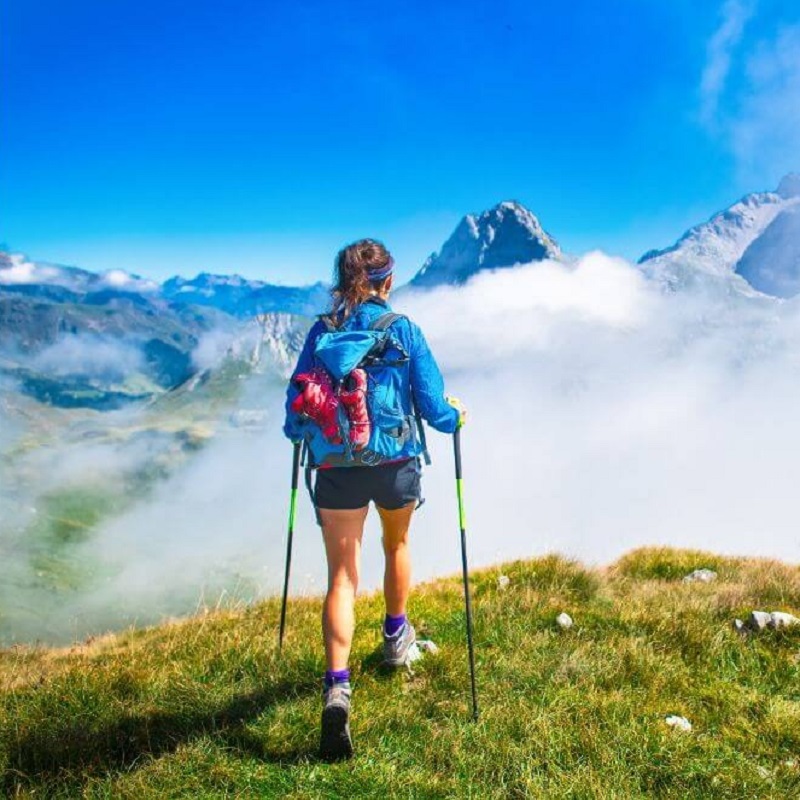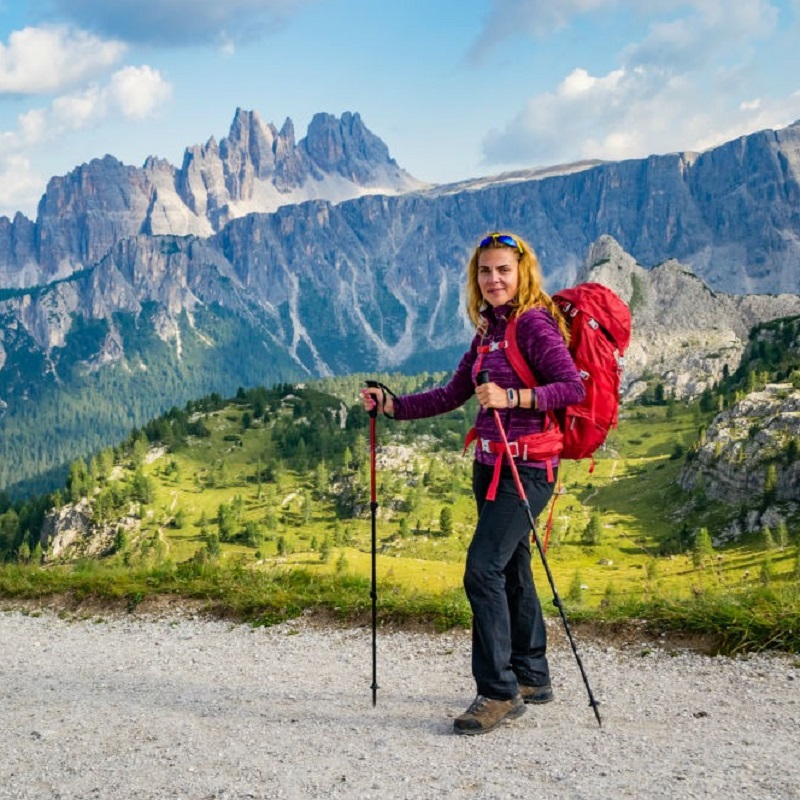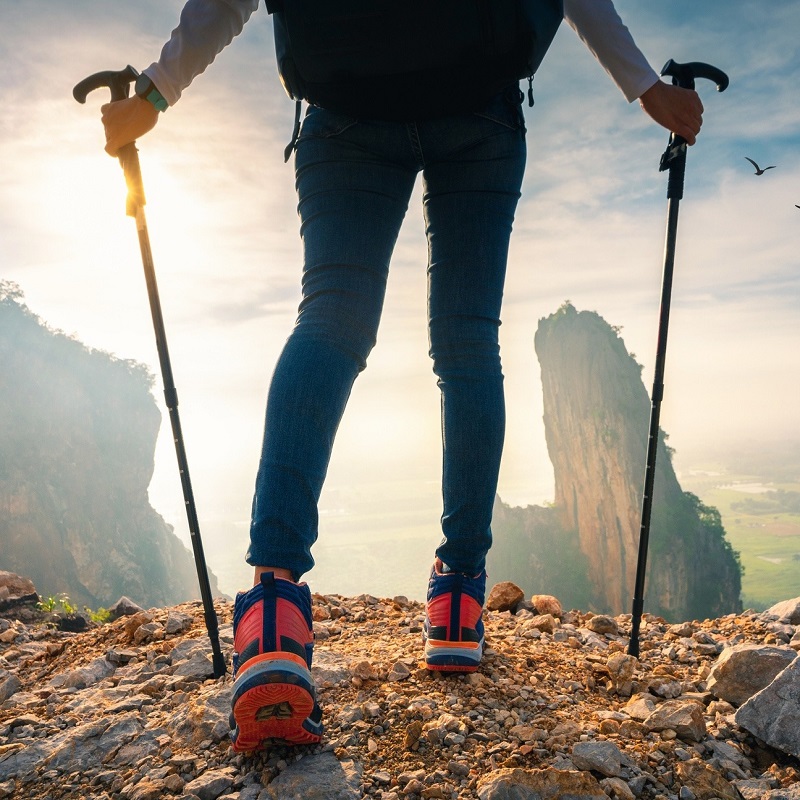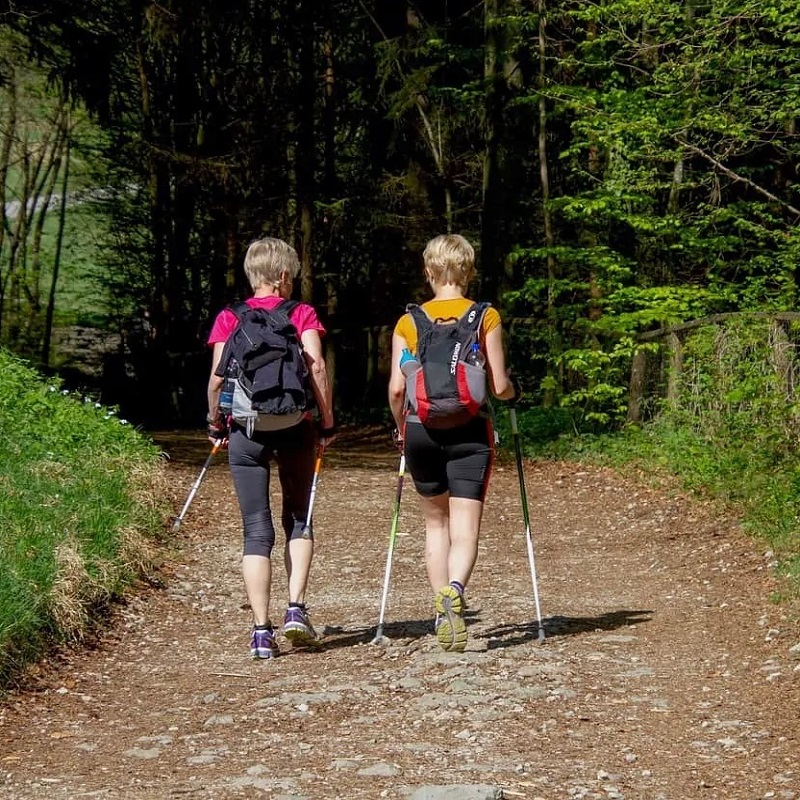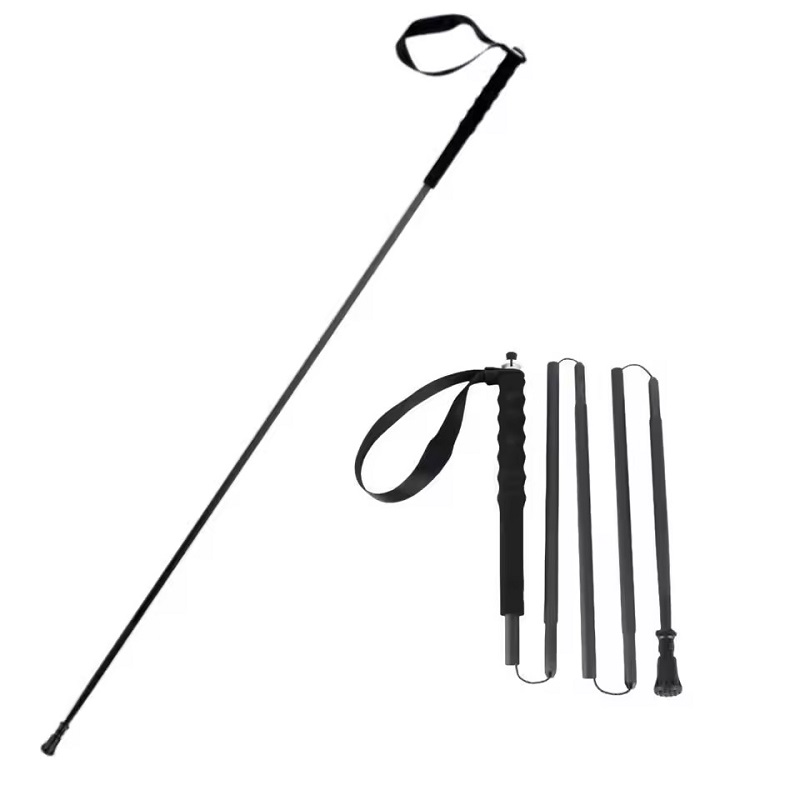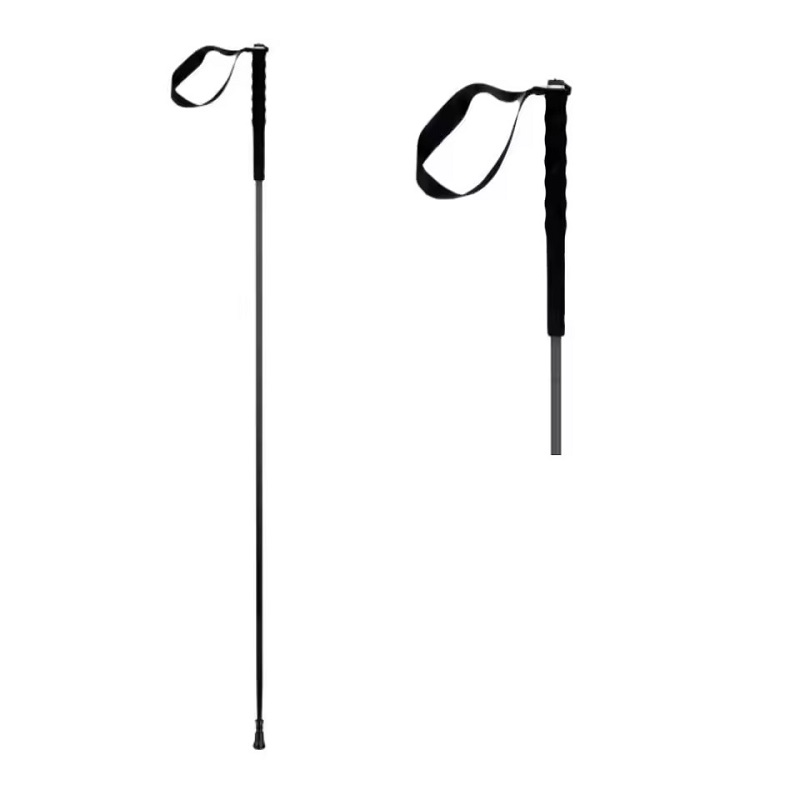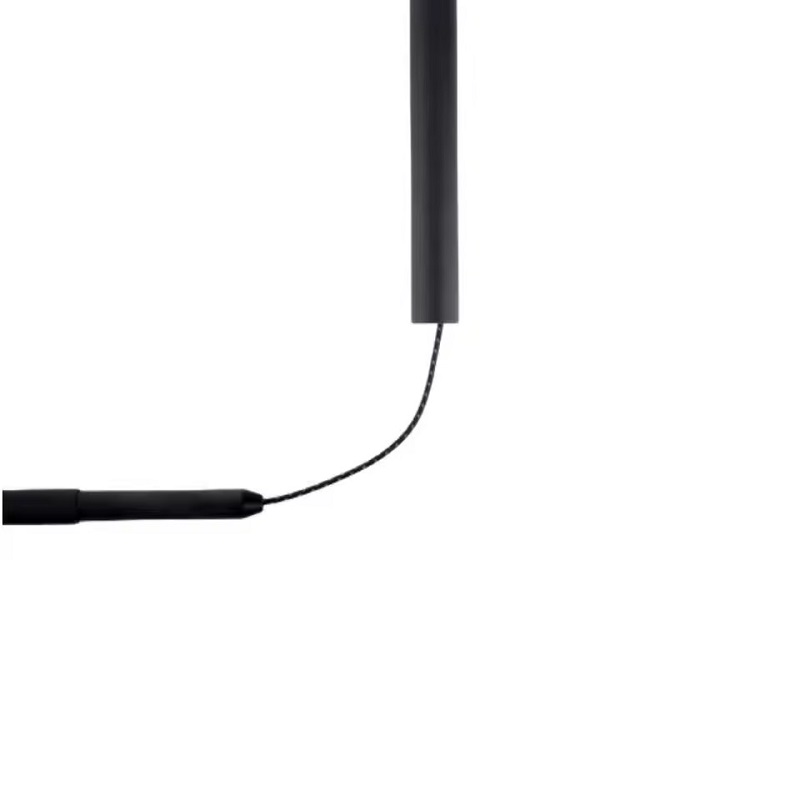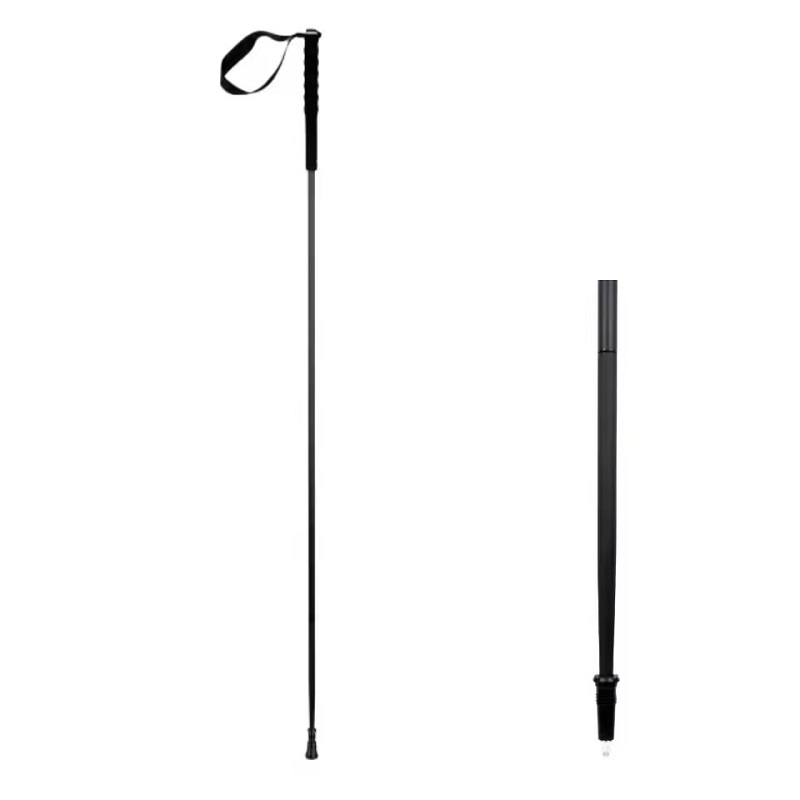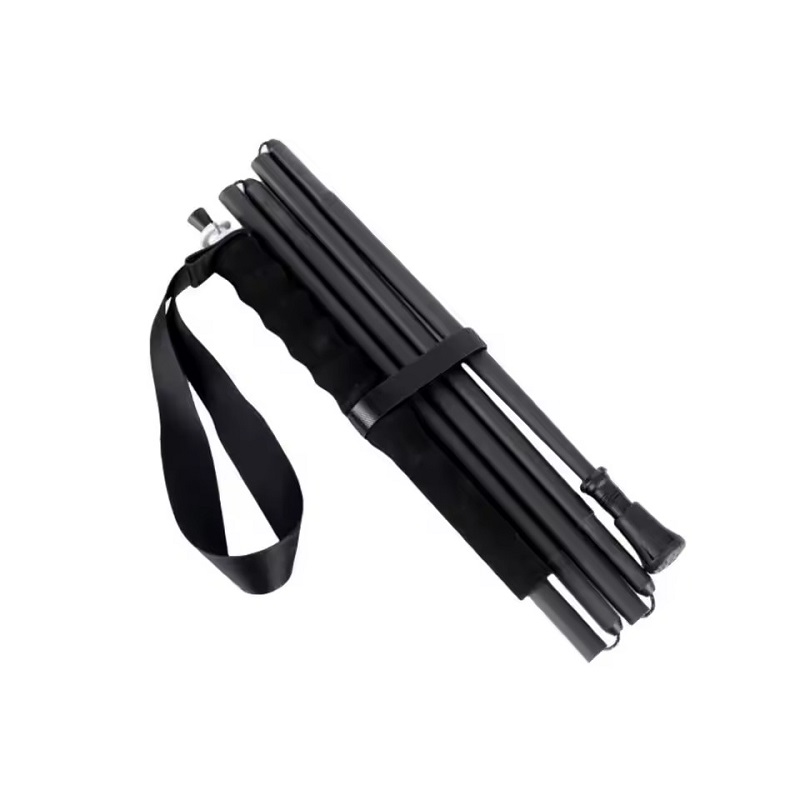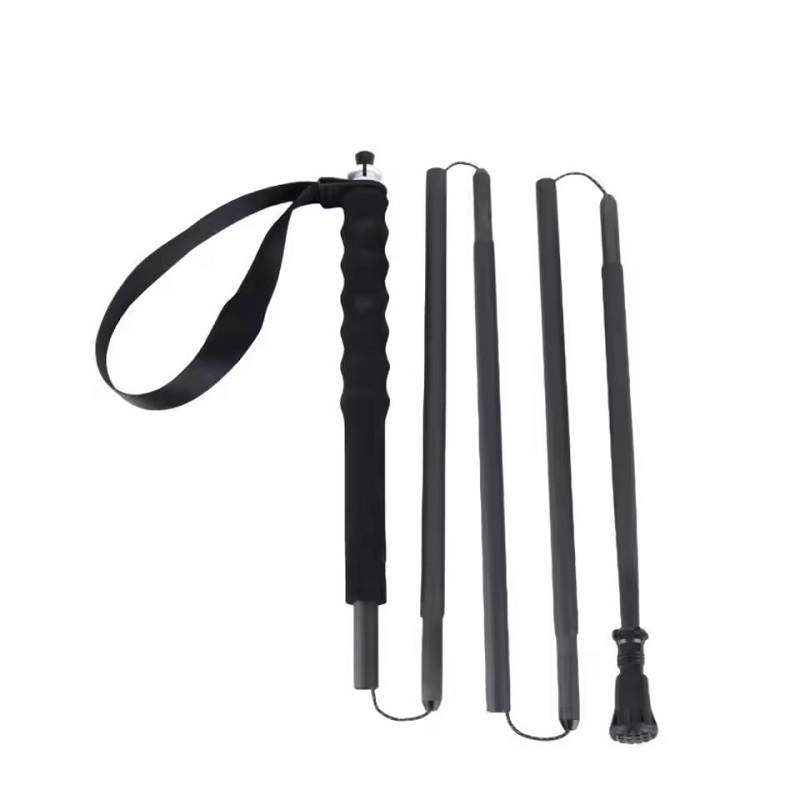When it comes to hiking gear, many outdoor enthusiasts often overlook one essential tool: trekking poles. If you’ve ever wondered what are trekking poles for, you’re not alone. These versatile hiking companions can significantly enhance your hiking experience, offering various advantages that can make your journey more enjoyable and safe.
Trekking poles are designed to provide stability, support, and balance on uneven terrain, effectively reducing strain on your legs, knees, and feet. In this article, we will explore the five key benefits of using trekking poles. Whether you’re an experienced hiker or just starting, understanding the advantages of trekking poles can help you make more informed choices when selecting your hiking equipment. Let’s dive into how these helpful tools can transform your hiking adventures.
Key Benefit 1: Improved Stability on Uneven Terrain
Enhancing Balance
One of the primary reasons hikers use trekking poles is for improved stability. When navigating rocky paths or steep inclines, maintaining balance becomes crucial.
- Extra Four Points of Contact: By using trekking poles, you effectively increase your points of contact with the ground. This extra stability can make a significant difference, especially in challenging conditions like muddy or slippery terrain.
- Testing Your Balance: When learning how to use trekking poles, practicing with them on flat surfaces can help you get accustomed to the extra weight and grip they provide. You can also incorporate them into your normal hiking routes to develop better coordination and balance.
- Confidence in Your Steps: As a result of the increased stability, you can walk with greater confidence, making it easier to explore diverse trails without worrying excessively about losing your footing.
Handling Different Terrains
- Navigating Steep Declines: Trekking poles are also incredibly beneficial when descending steep inclines. By pushing down on the poles, hikers can shift some weight away from their legs and knees, reducing the risk of injury.
- Crossing Streams: When crossing streams, having trekking poles can help you maintain balance and measure the depth of the water, ensuring safer footing.
- Adapting to Conditions: As you become accustomed to using trekking poles, you’ll learn to adapt your technique based on the terrain you’re traversing. This adaptability contributes to overall stability and significantly enhances hiking comfort.
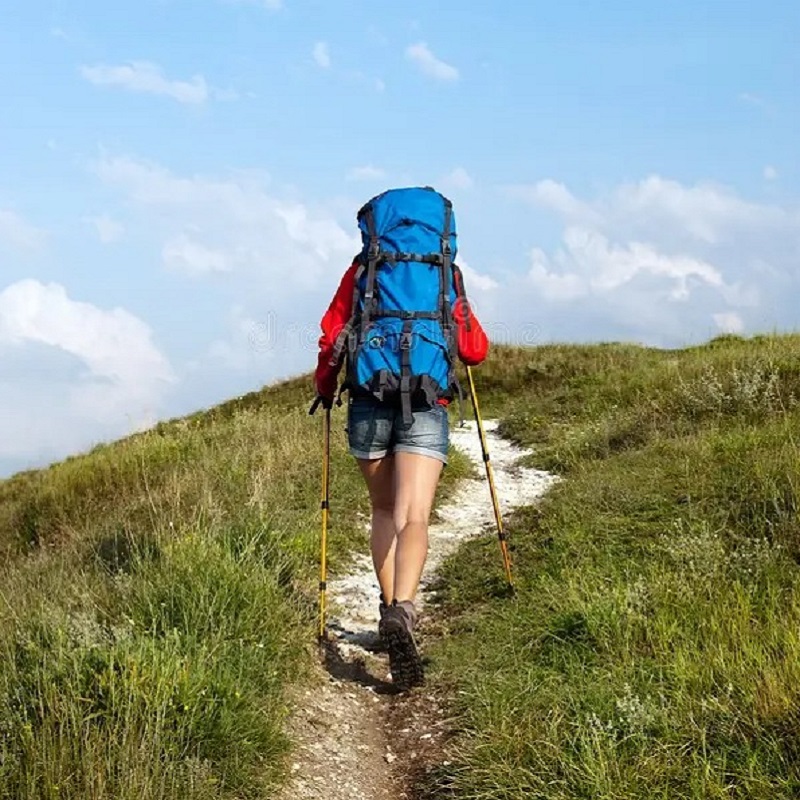
Key Benefit 2: Reduced Joint Stress
Minimizing Impact on Knees
In addition to improving stability, trekking poles significantly reduce stress on your joints. This is particularly relevant for hikers who tend to suffer from joint pain or discomfort.
- Distributing Weight: Trekking poles allow you to distribute your body weight more evenly. When climbing hills or descending steep trails, the poles help offset some of the pressure exerted on your knees and legs.
- Injury Prevention: Regular use of trekking poles can potentially help prevent common injuries associated with hiking, such as tendonitis in the knees or shin splints.
- Easier Long-Distance Hiking: When planning long-distance hikes, the benefit of reduced joint stress becomes even more apparent. Your legs will appreciate the extra support, allowing you to hike longer without feeling fatigued.
Supporting Your Knees
- Knee Health: Many hikers experience knee problems as a result of uneven surfaces and downhill descents. By engaging your arms and upper body with trekking poles, you provide invaluable help to your knees throughout the hike.
- Regular Breaks: Using poles can also encourage you to take more frequent breaks, reducing the likelihood of overexerting your body. Listen to your body’s signals, and when necessary, take some time to rest and recover.
- Technique Matters: Fine-tuning your use of poles during uphill and downhill hikes will increase the effectiveness of joint support. Make sure to practice through different terrains to experience their benefits fully.
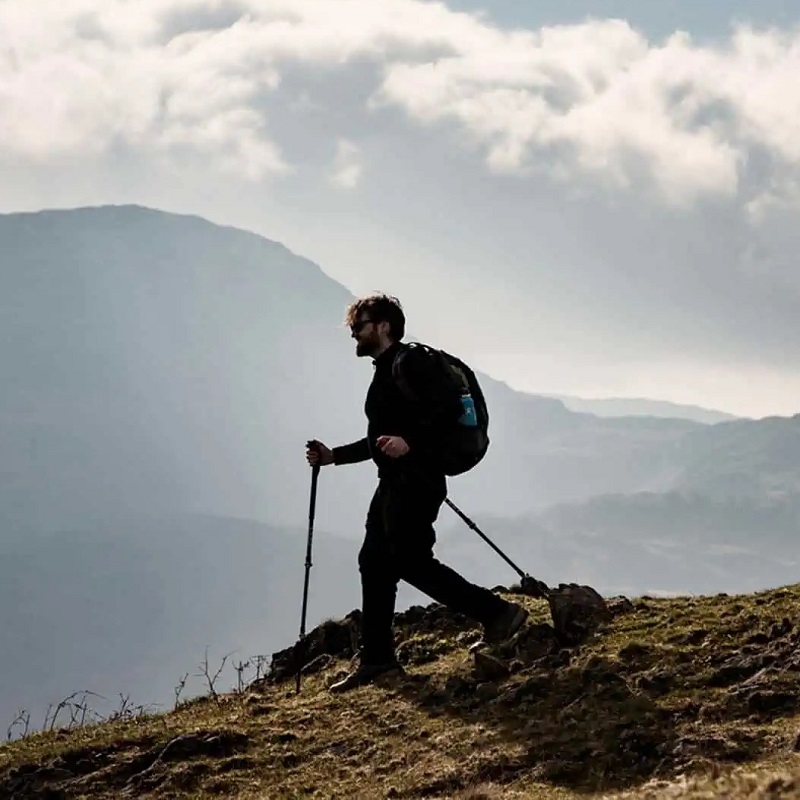
Key Benefit 3: Enhanced Endurance
Reducing Fatigue
Hiking can be an exhausting experience, even for seasoned adventurers. Incorporating trekking poles can contribute to your overall endurance and stamina during long hikes.
- Engaging Upper Body Muscles: When you use trekking poles, you engage your upper body muscles, including your arms, shoulders, and core. This additional engagement helps carry some of the workload from your legs to your upper body, which can delay fatigue.
- Sustained Energy Levels: With less strain on your lower body, you can hike longer distances while maintaining your energy levels. This increased endurance makes it easier—and more enjoyable—to explore new trails.
- Optimized Pacing: Walking with poles encourages a natural rhythm that can complement your hiking pace. This rhythm allows you to maintain a steady speed throughout your journey.
Building Muscle Strength
- Strength Training Benefits: By using poles during your hikes, you incorporate a functional strength workout into your outdoor adventure. Over time, the consistent use of poles will lead to strengthened muscles that can contribute to better overall fitness.
- Exploring Various Terrains: Trekking poles enable you to tackle diverse terrains efficiently. Whether traversing rocky trails or navigating forested paths, the versatility of poles encourages exploration without a significant drop in stamina.
- Overcoming Mental Barriers: The endurance gained from using trekking poles can also lead to enhanced mental resilience. As your physical capabilities improve, you’ll find it easier to tackle more challenging hikes, pushing your limits in the process.
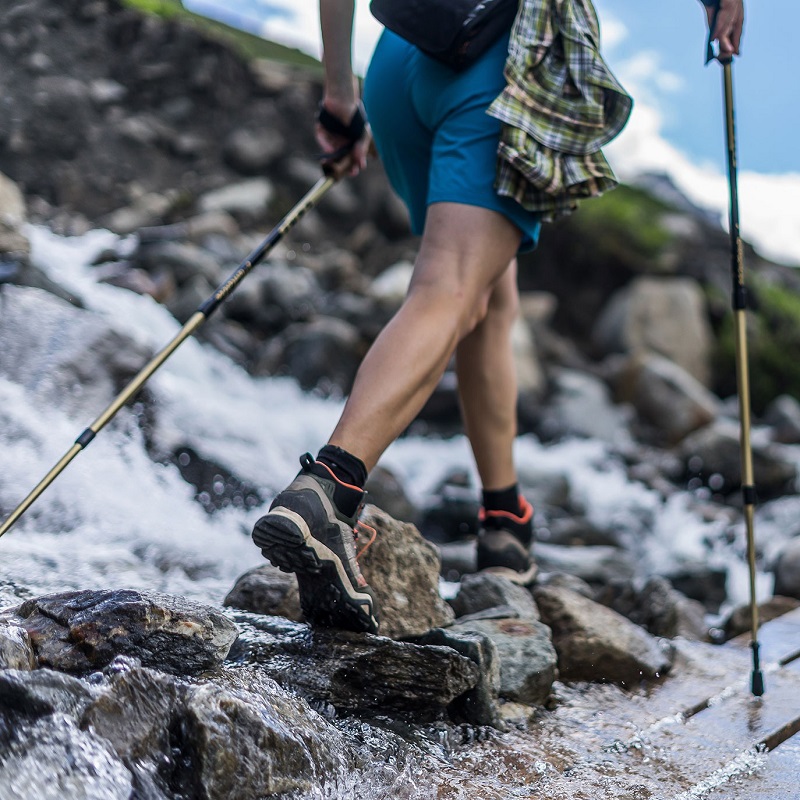
Key Benefit 4: Versatile Hiking Tool
Multi-Functional Advantages
Trekking poles offer numerous functions beyond just providing support and stability. Their versatility makes them a valuable component of your hiking toolkit.
- Navigation Aid: Trekking poles can serve as a navigation tool to test the depth of puddles or streams and even probe unstable ground to ensure you’re stepping on solid footing.
- Setting Up Camp: When camping, poles can assist in various tasks, such as holding up a tarp for shelter, acting as a makeshift clothesline, or even providing support for a tent if needed.
- Spotting Wildlife: The length of poles can also help you explore surrounding areas while keeping a safe distance from potential wildlife. Use them to poke at branches or inspect places without getting too close.
Easy Storage and Portability
- Compact Design: Many poles are collapsible, making them easy to store in your backpack when not in use. Their lightweight design adds little bulk to your gear while maximizing functionality.
- Convenience During Breaks: When you take breaks, poles can be set down conveniently alongside your backpack, keeping your hands free for snacking or resting without tripping hazards.
- Compatibility with Other Gear: Trekking poles often sync well with other hiking gear. They can strap to the side of your backpack or even be integrated into certain climbing gear, enhancing convenience during your adventures.
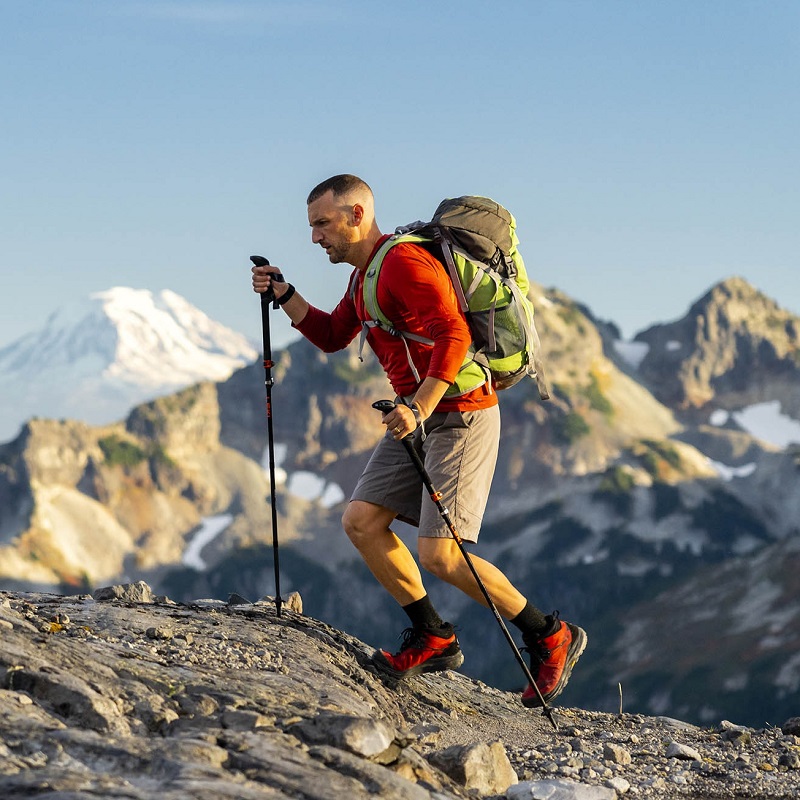
Key Benefit 5: Improved Hiking Posture
Promote Proper Body Alignment
Another significant benefit of what are trekking poles for is that they promote improved posture and body mechanics while hiking.
- Keeping the Upper Body Upright: Trekking poles encourage an upright position, which helps maintain proper spinal alignment. Proper posture not only reduces fatigue but also minimizes the risk of injury to the back and neck.
- Encouraging Balance: Maintaining good posture with the help of trekking poles allows you to navigate tough terrain more fluidly. Improved balance leads to greater confidence as you traverse inclines and descents.
- Preventing Slouching: Using poles can help prevent slouching or leaning forward, which is common among hikers as they tire. Engaging your arms through proper pole usage keeps you grounded and upright.
Enhancing Overall Comfort
- Eases Load Distribution: By reducing strain on your back and legs, trekking poles enable you to hike comfortably for more extended periods. The overall reduction in muscle fatigue allows you to pay attention to your surroundings, enhancing your hiking experience.
- Promoting an Enjoyable Experience: The correct use of trekking poles can transform your hike into a more pleasurable experience. Enhanced comfort and improved posture leave you feeling energized and refreshed upon completing your hike.
- Mental Benefits of Comfort: Hikers who are comfortable are more likely to enjoy their experience, resulting in an increased chance of returning for future adventures. By using trekking poles, you’re setting the stage for sustained enjoyment throughout your hikes.
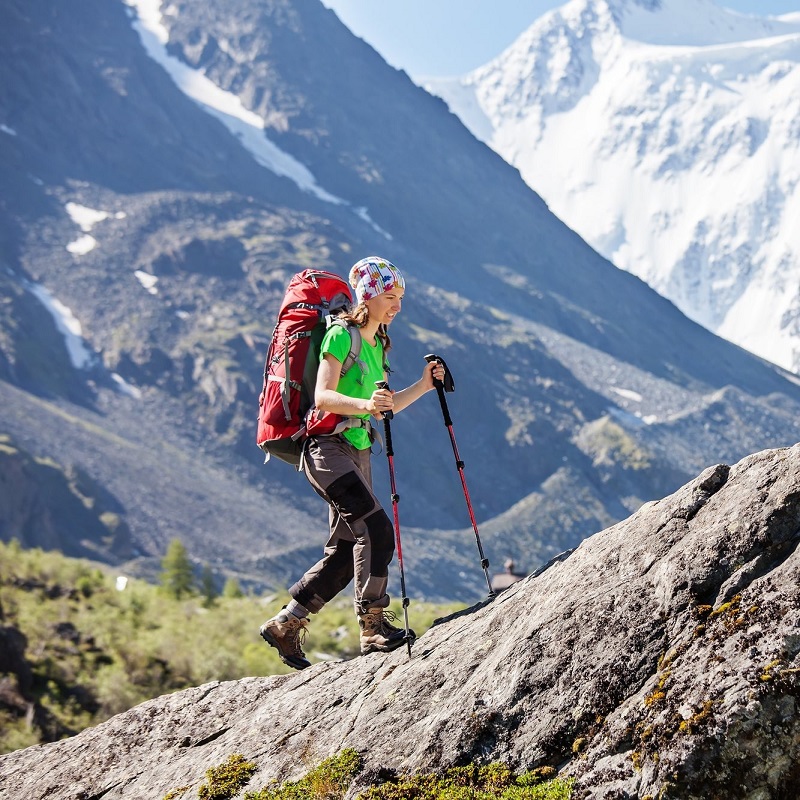
The Essential Tool for Every Hiker
In summary, knowing what are trekking poles for and understanding their numerous benefits can help enhance your hiking experience significantly. From improving stability and reducing joint stress to enhancing endurance and posture, poles are a versatile tool that every hiker should consider.
With the insights shared throughout this article, you can make an informed decision about incorporating trekking poles into your hiking gear. As you embark on your next hiking adventure, take note of how these handy tools improve your performance, comfort, and enjoyment. With trekking poles in hand, you’re not just hiking—you’re embracing the journey like a true adventurer!

